The museum is comprised of 98 acres and is a combination zoo, botanical garden, art gallery, and natural history museum. There are major conservation and research programs that support programs to conserve the Sonoran Desert region.
About 85% of the museum is outdoors. It was a beautiful day (about 75 degrees F) to be there. We spent about 3.5 hours exploring the exhibits and the 1/2 mile Desert Loop Trail. This is one of those places that you could visit again and again. There is so much to see and enjoy.
Our first stop was the Reptile, Invertebrate, Amphibian House. Here are some of the things we say there. Western Diamond Back Rattlesnake (and there were about 6 other types of snakes there, but I will not bore you but one more snake photo after this one!)
Speckled Rattlesnake.
Sonoran Desert toad - their venom is dangerous and can be fatal to small mammals including dogs.
Endangered Sonoran Tiger salamander.
Desert Tarantula - they are totally creepy...even in a cage.
Coyote.
Javalina - can you see the three in this photo? There is a enclosure in the desert area for their habitat.
Cactus on Desert Loop Trail.
Saguaro cactus...it takes 75-100 years before arms start to grow. When they have no arms, they are called spears. They have beautiful flowers that bloom in May. They are Arizona's state flower.
Barrel Cactus ... check out the yellow fruit on top that forms after flowers bloom.
Cave.
If bats were our size, this is how big their ears would be.
Life on the Rocks display - Frogs.
Cactus Garden - Pipe Organ Cactus.
Saguaro spears.
Agave (right).
Pin Cushion Cactus.
Golden Hedgehog.
Creeping Devil.
Bighorn Sheep Habitat.
Raptor Free Flight Show. This was presented at 2 pm on the day we visited and was very impressive. All of the birds are untethered and fly in the open desert. Multiple handlers are located in various locations around the presentation area enabling everyone to see these amazing raptors. Check the schedule to see one planned for the day you visit.
Gray Hawk.
Barn Owl.
Harris's Hawks. They are the only known bird of prey that hunt in groups of 3-7. Due to their coordinated hunting ability, they are referred to as a "flying wolfpack."
They frequently perch atop Saguaro cactus to search for prey.
A Peregrine Falcon was also included in the demonstration. They can fly up to 240 mph and catch their prey in mid-air. Needless to say, I did not catch a decent photo of the falcon in flight!
Butterfly Garden.
Hummingbird Aviary. This place was amazing. We saw so many of these amazing birds but only captured a couple of decent photos.
John, squeezing into his tortoise shell!
Walk-In Bird Aviary
Our last stop was at the Ironwood Arts Gallery. There is beautiful artwork of the various animals of the desert on display. Also, these guys caught my eye (they are not a artwork...they are real!)
Admission rates are as follows:
$19.50 = Adults
$17.50 = Seniors (65+)
$15.50 = Youth (13-17)
$ 6.00 = Kids (4-12)
We purchased a Savings Passport book for $18 that has "buy one get one free" coupons for many Tucson attractions. So we paid $17.50 for admission for both of us. Hours vary slightly by season, so check their web site for this information. The museum is open 365 days a year.
Website: www.desertmuseum.org
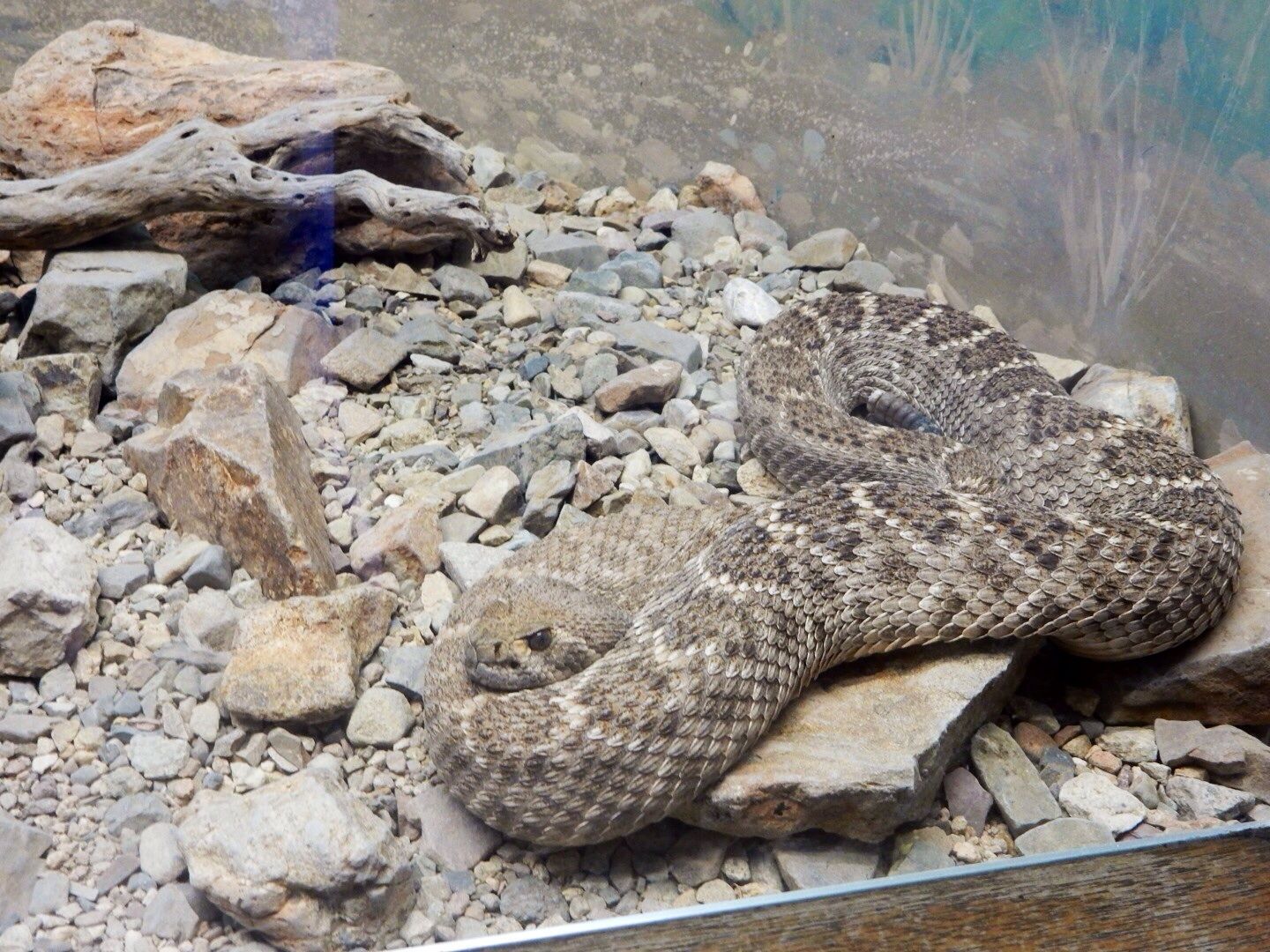
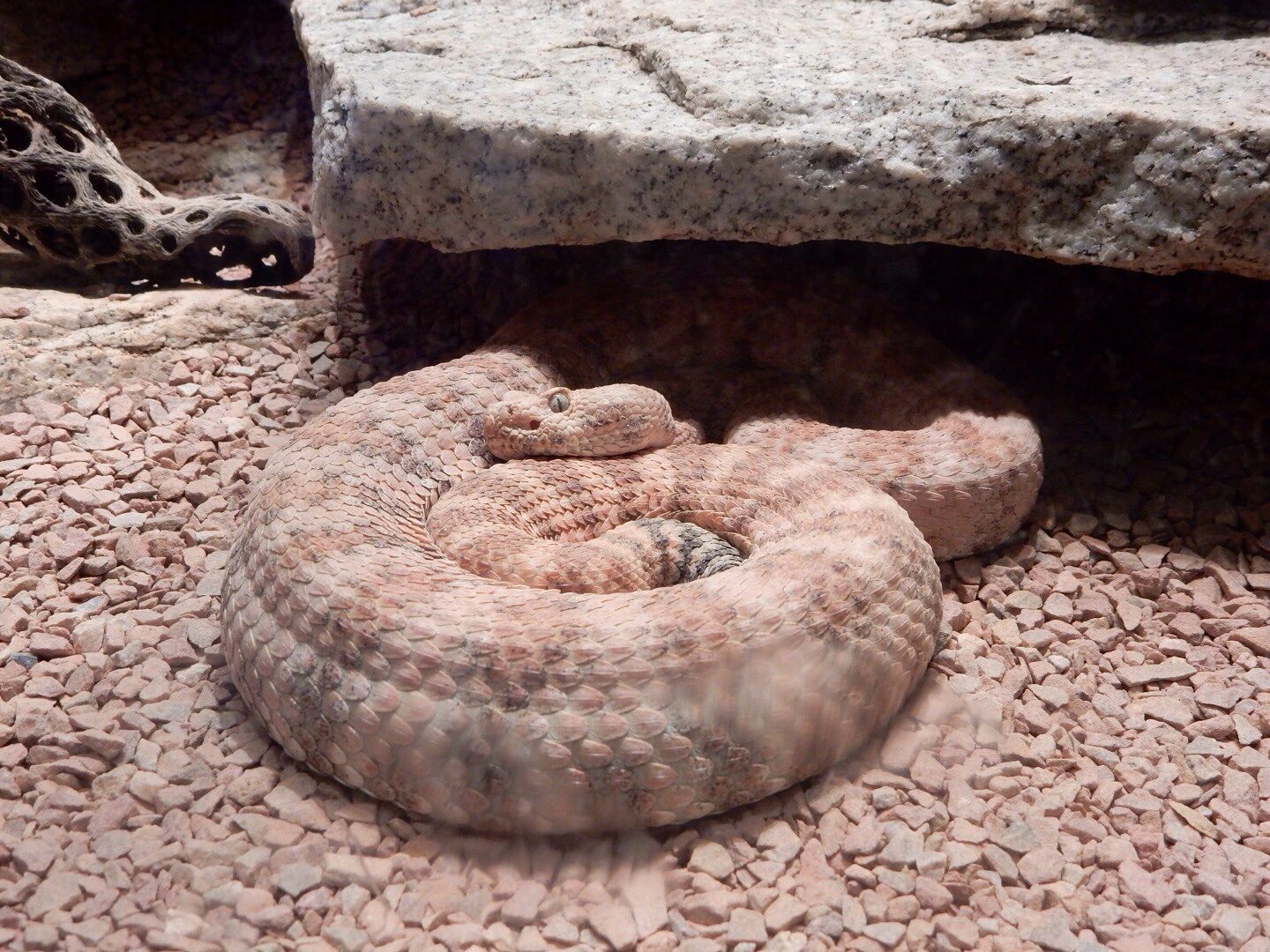
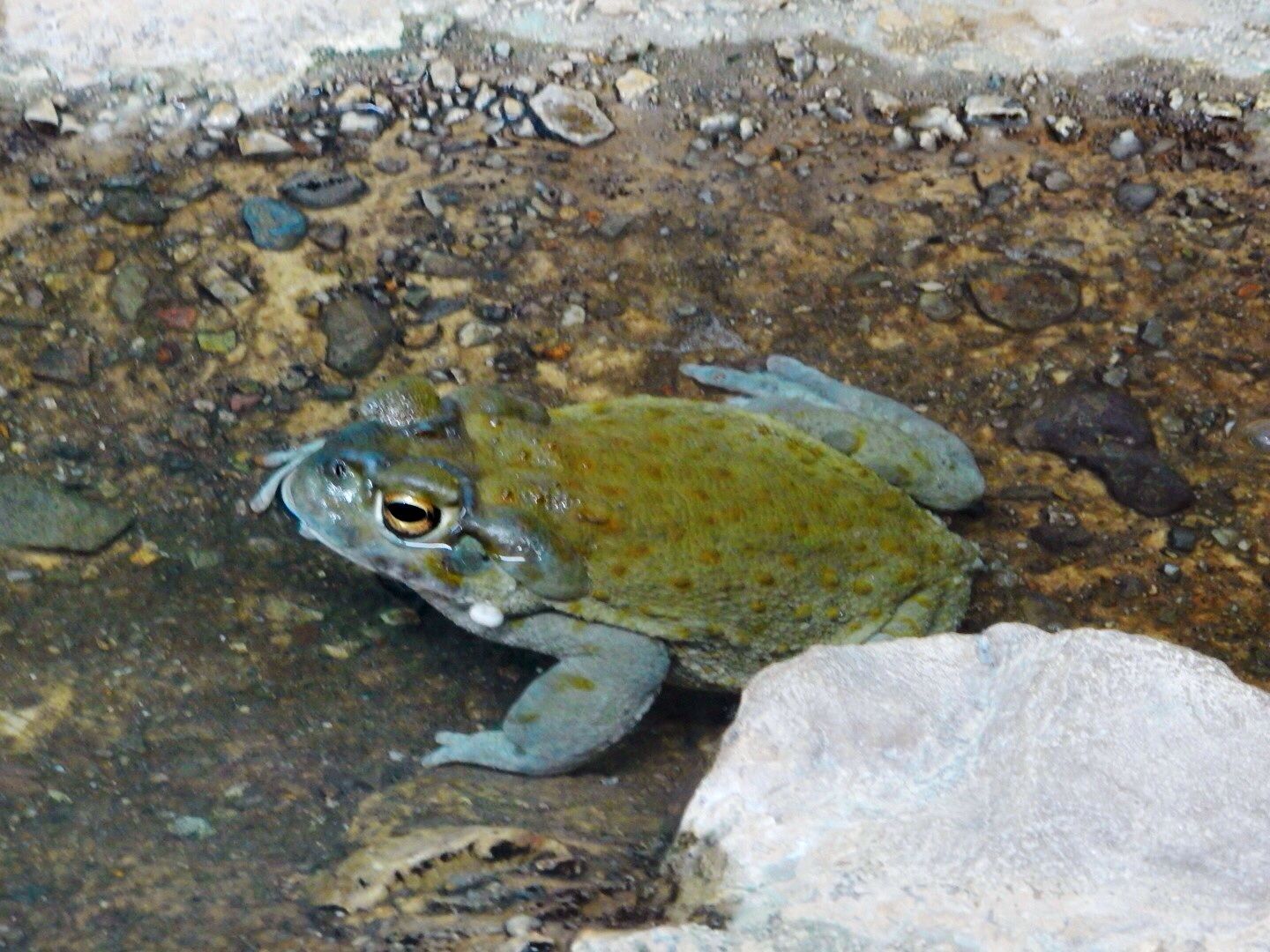
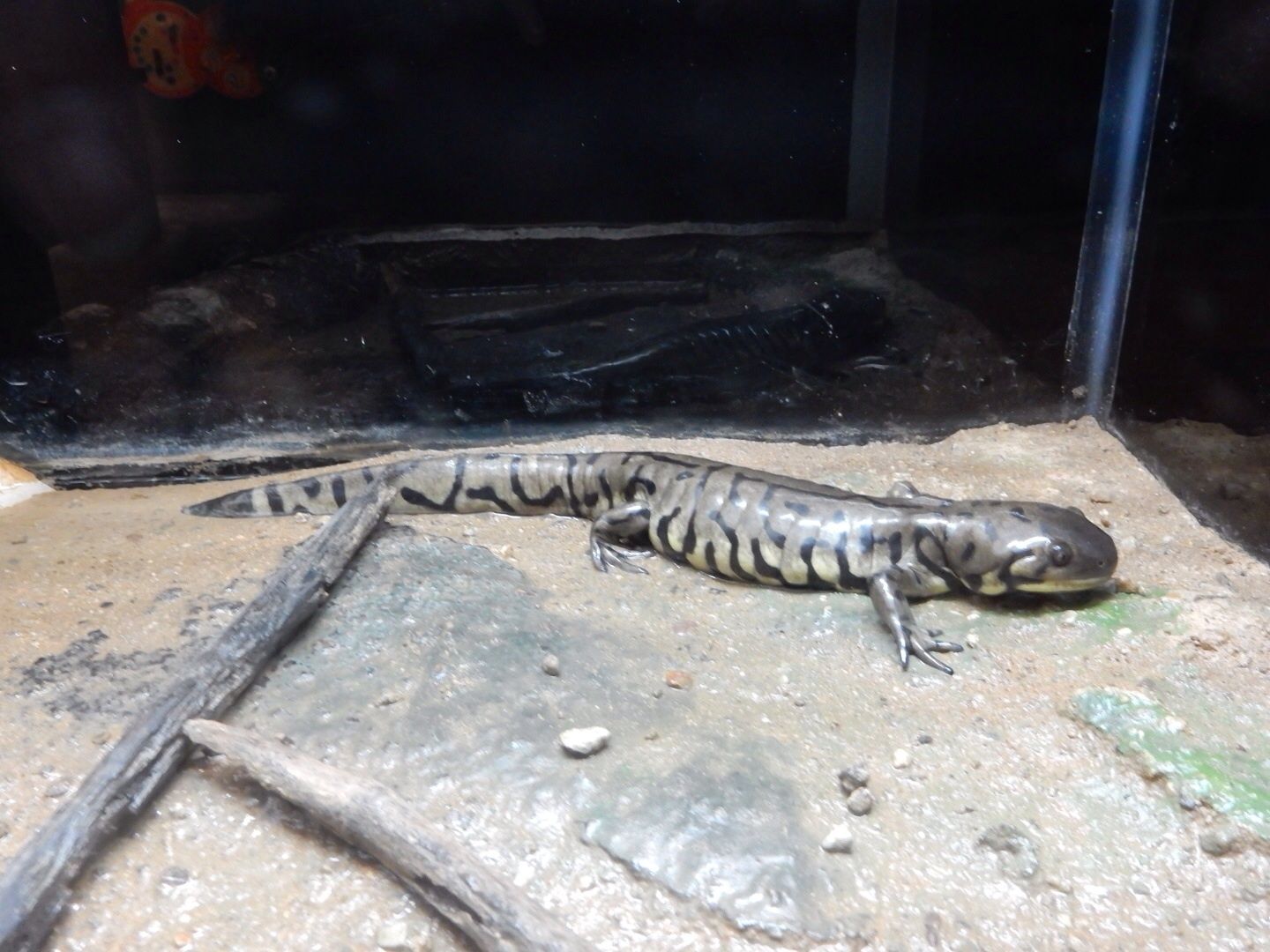

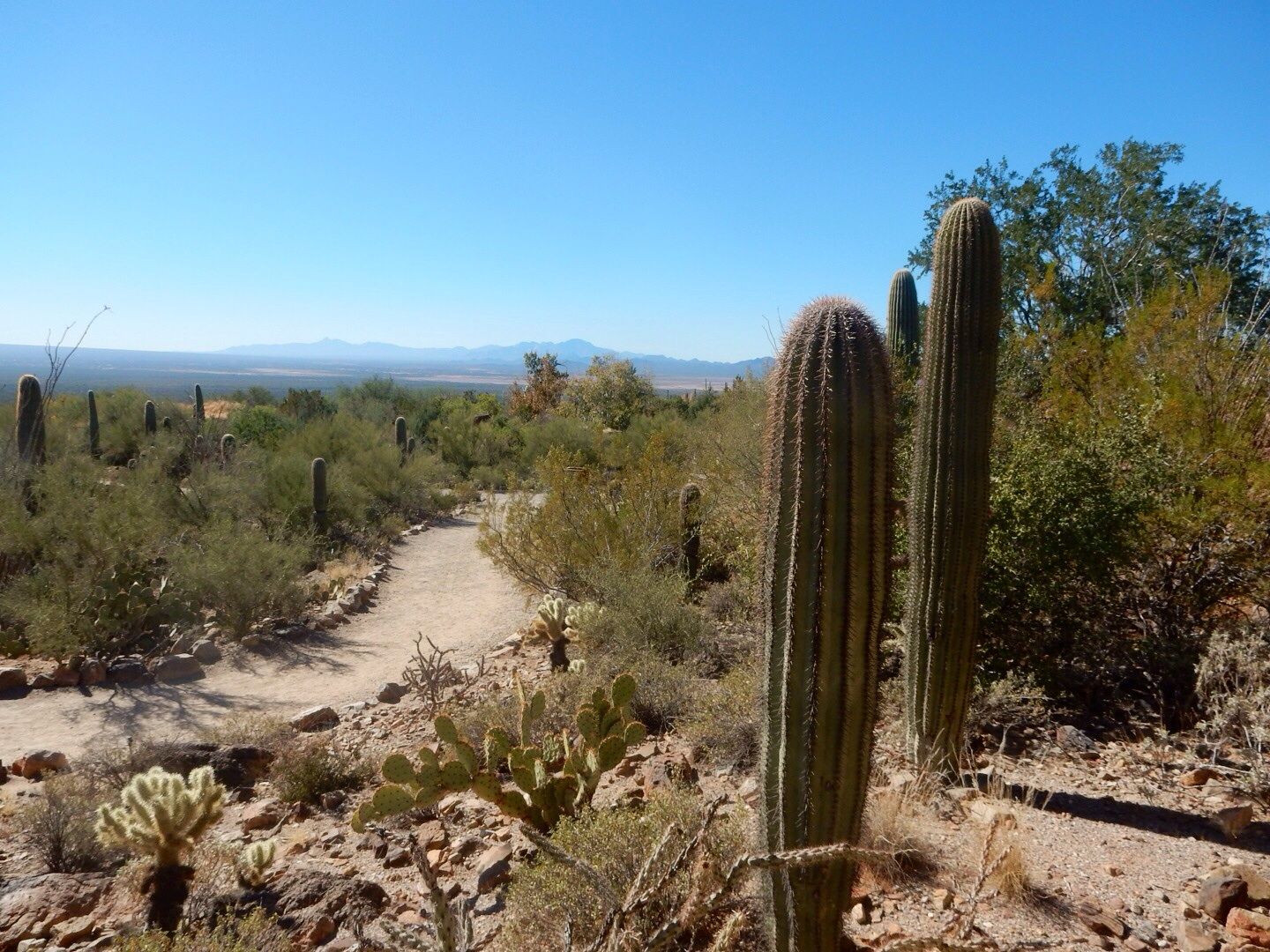


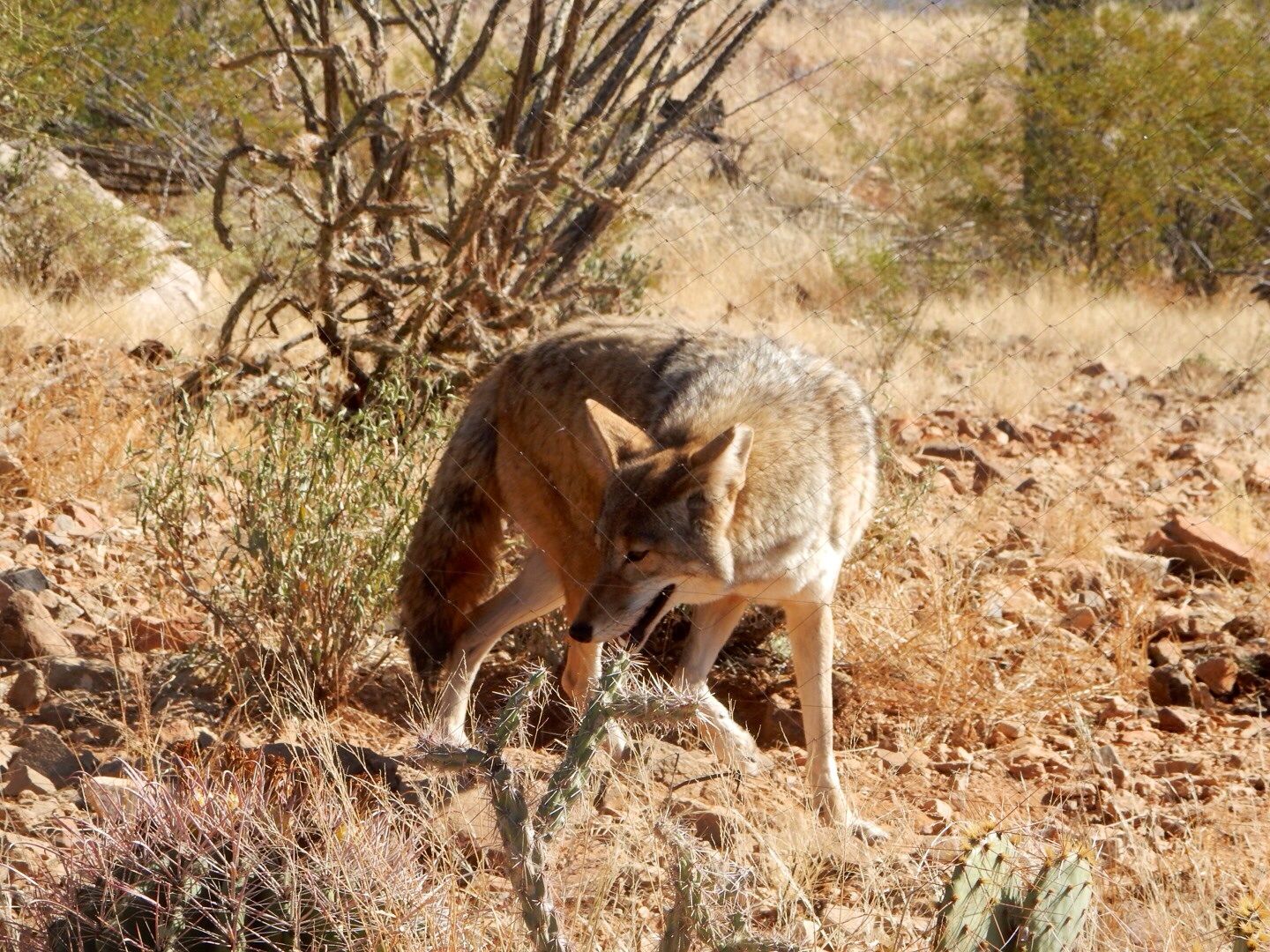


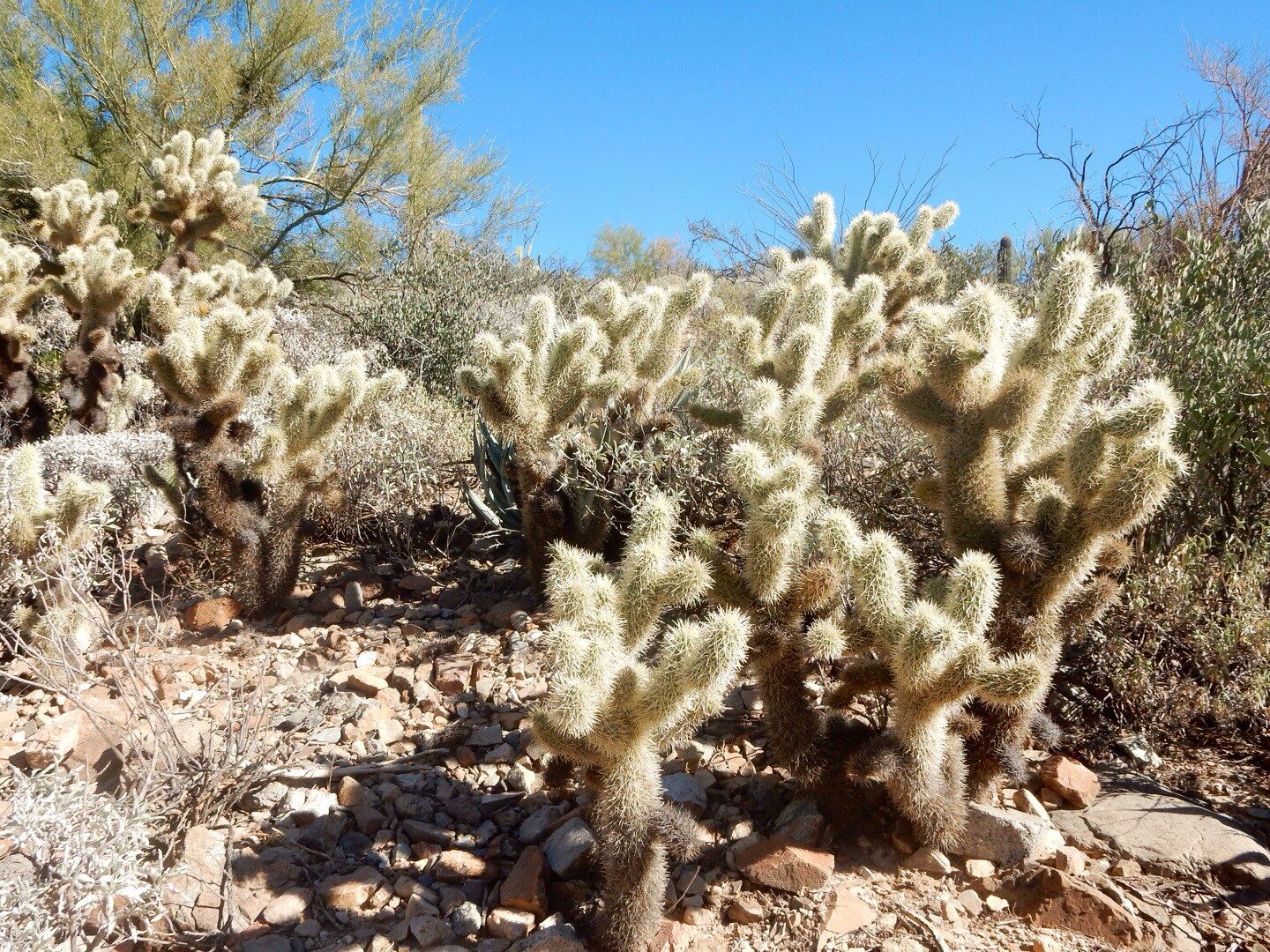


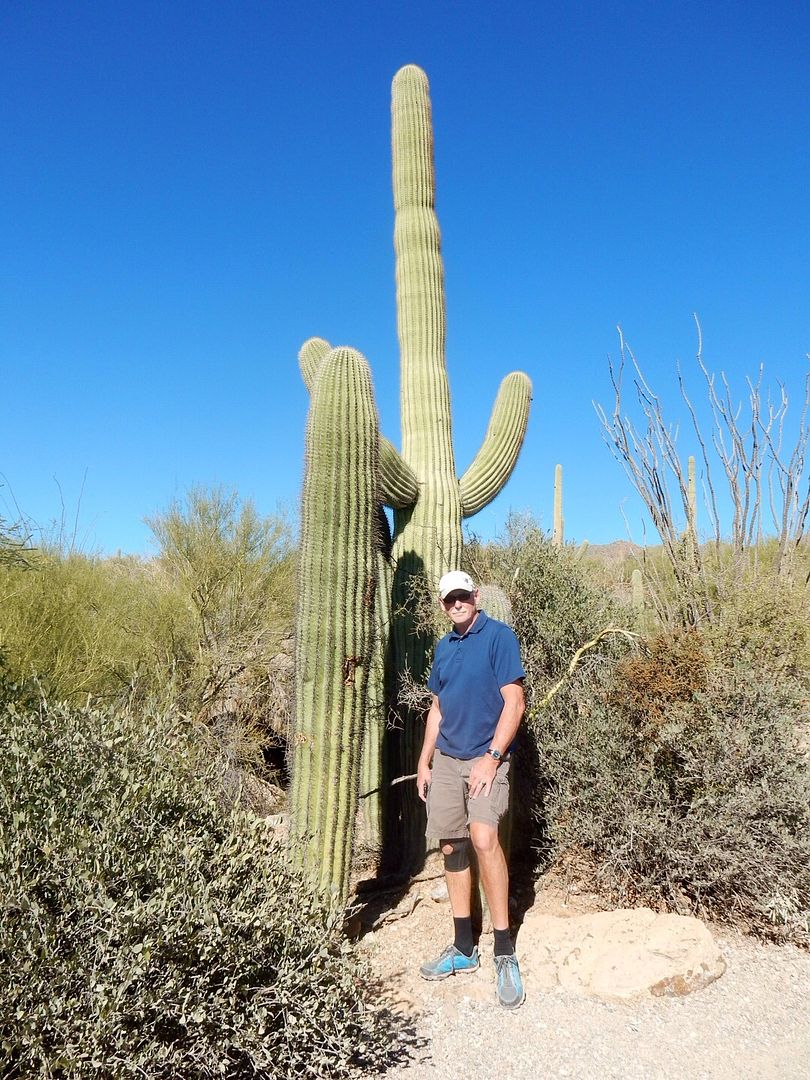
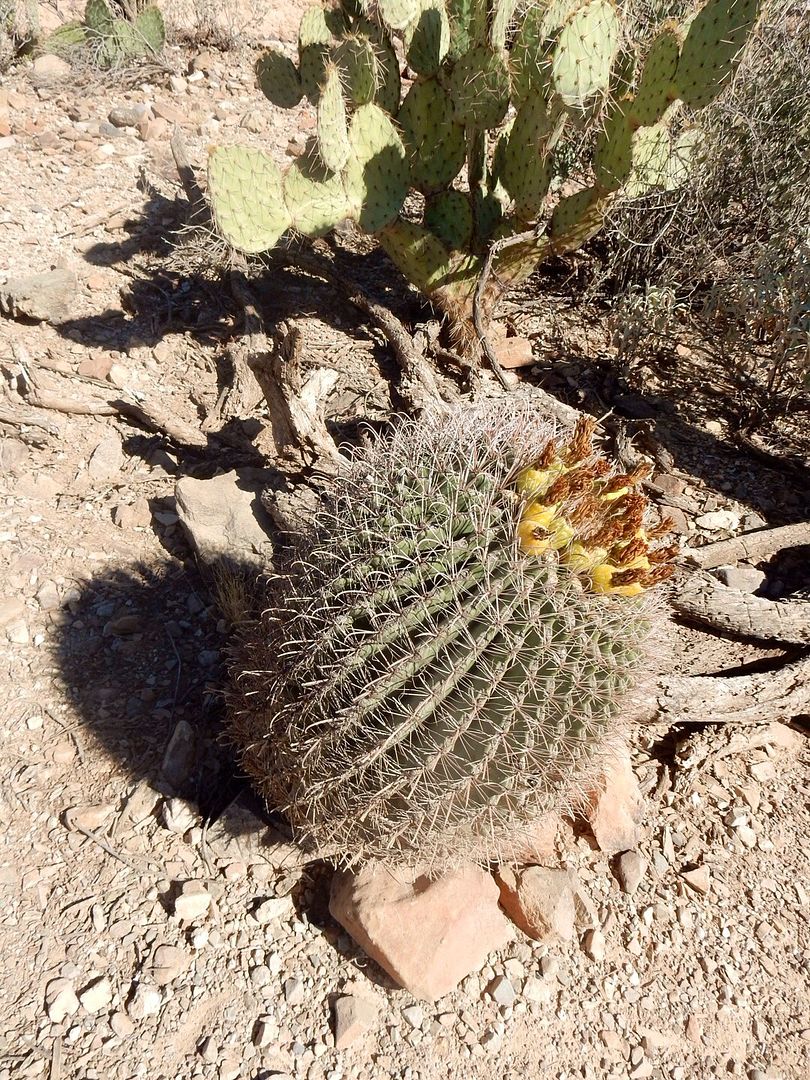
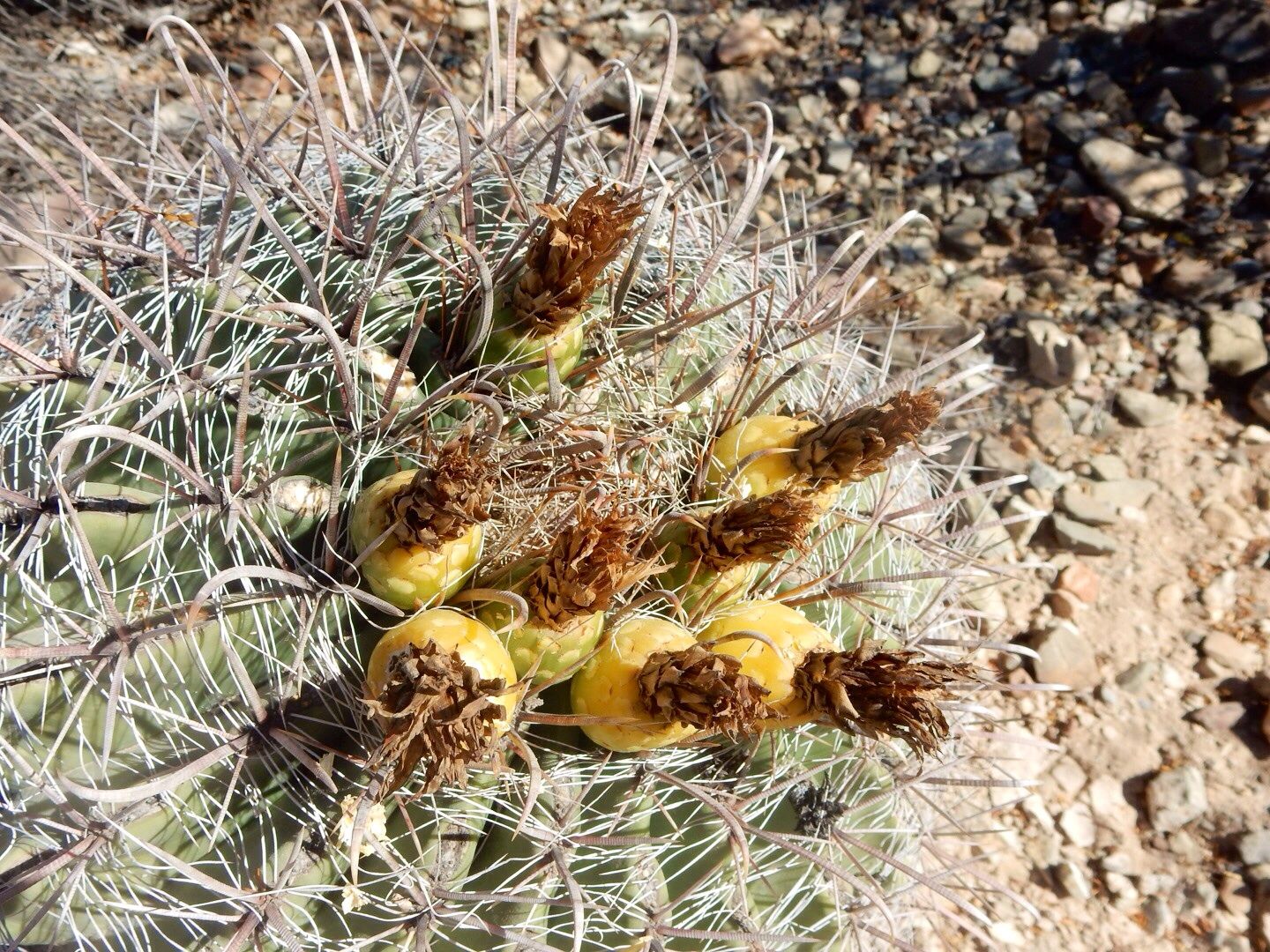
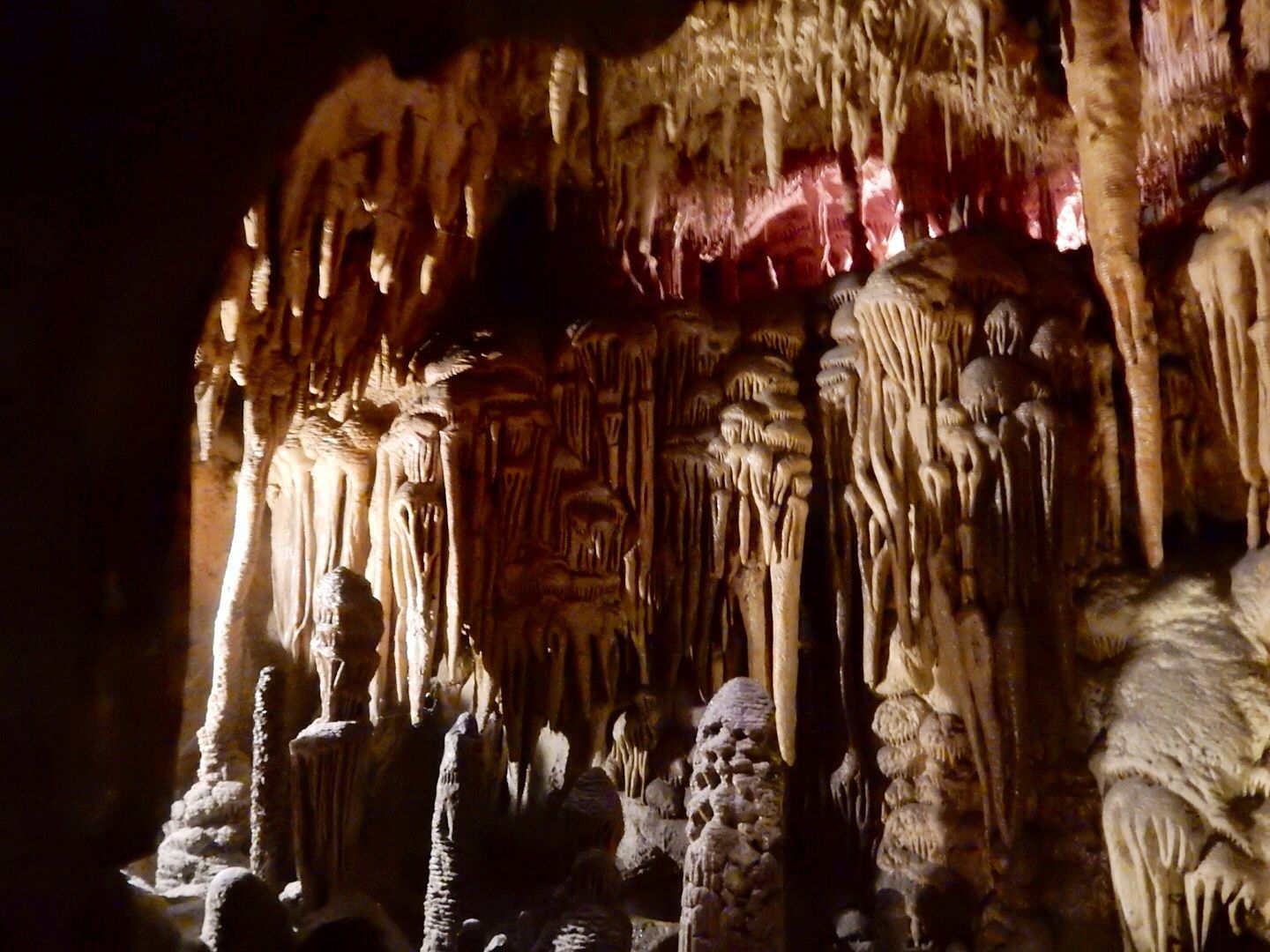

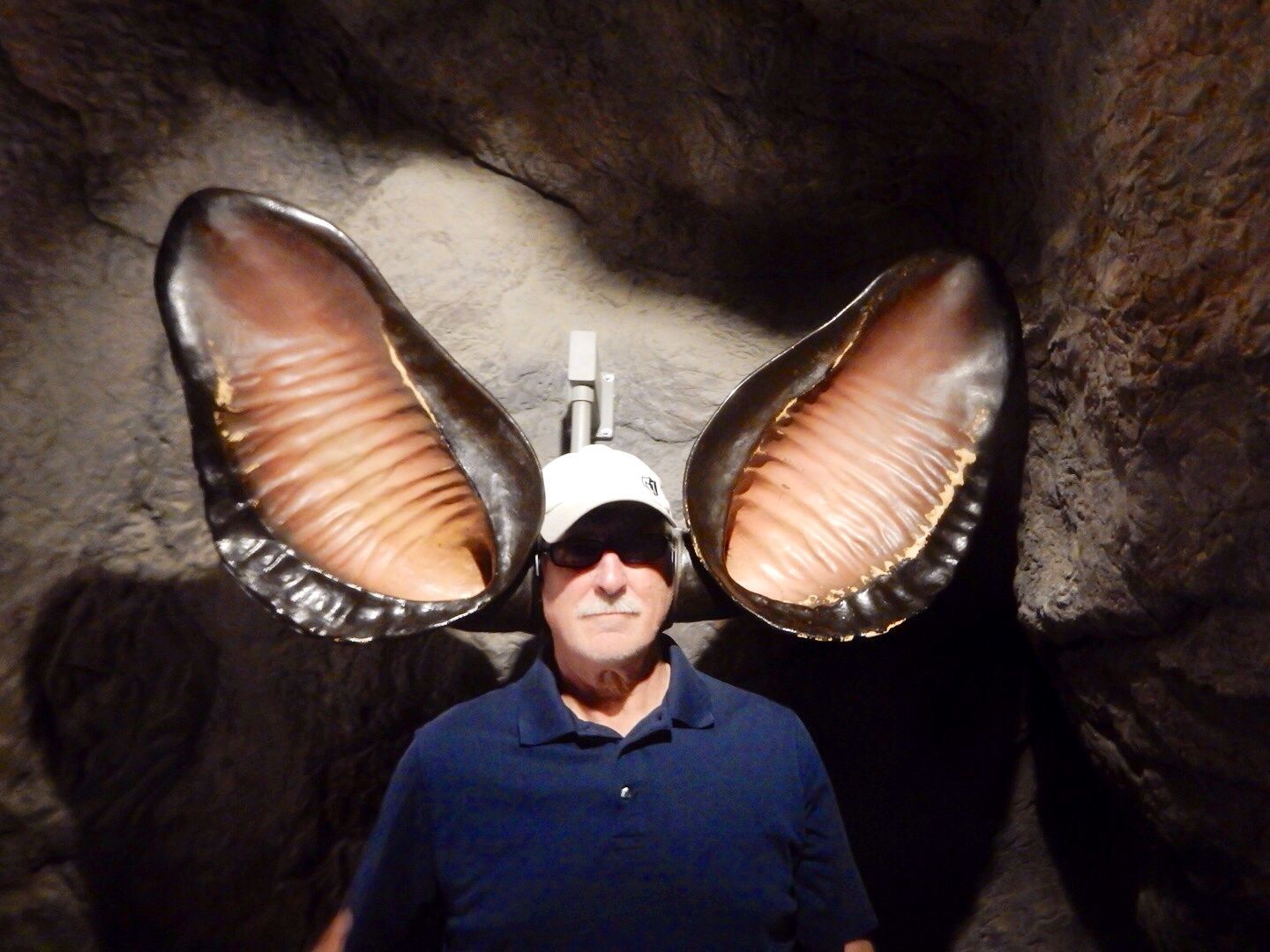
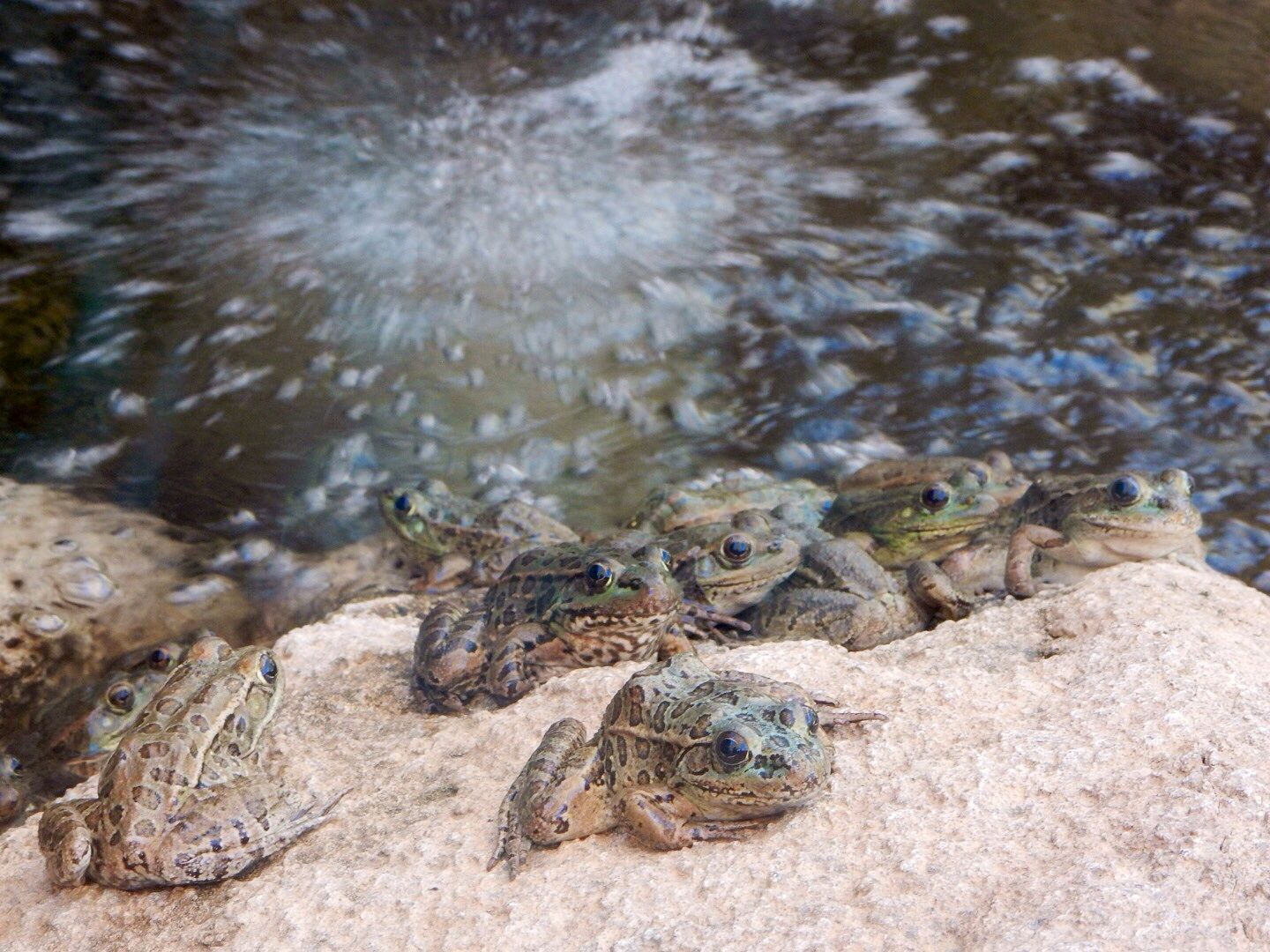


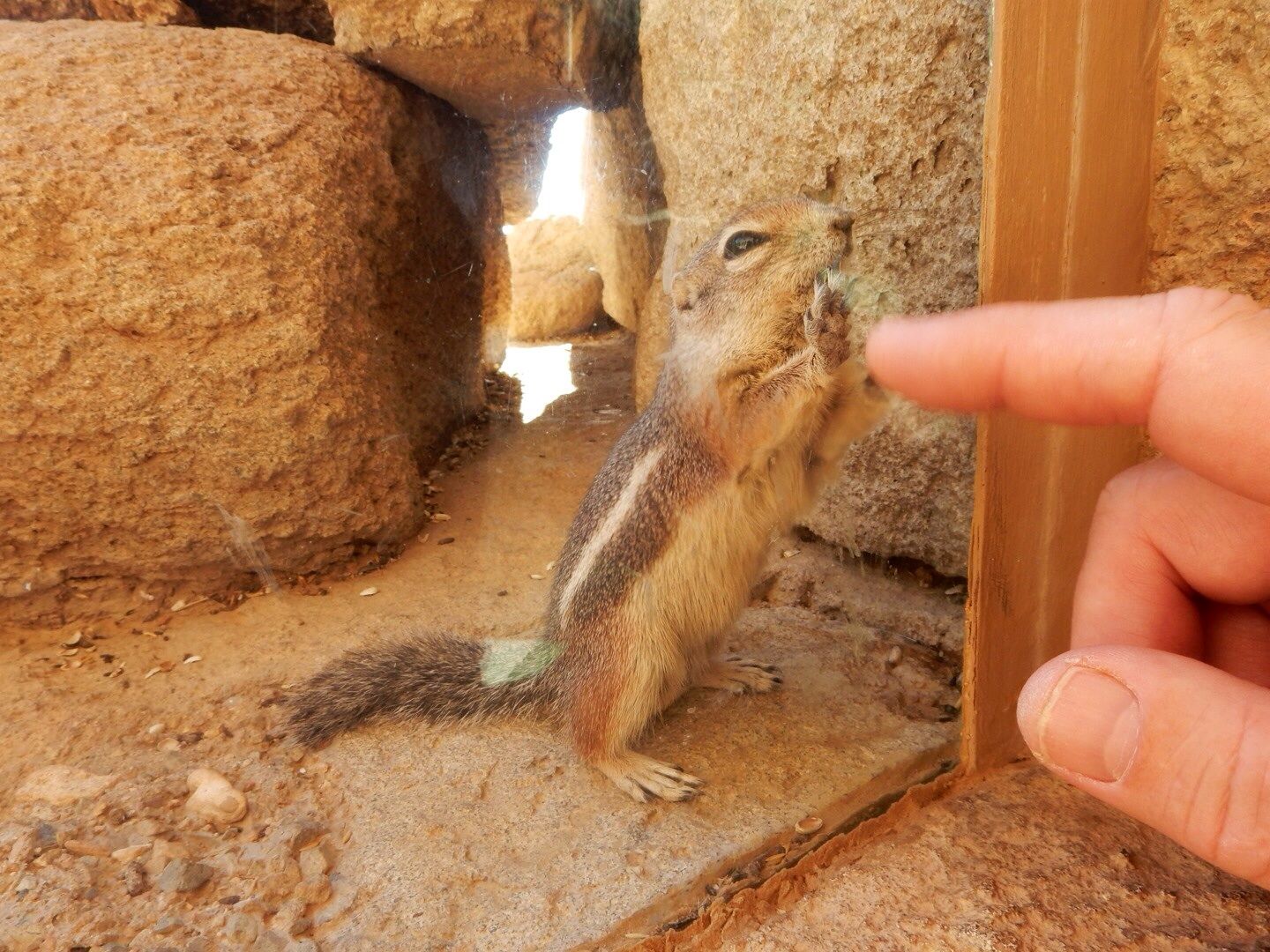
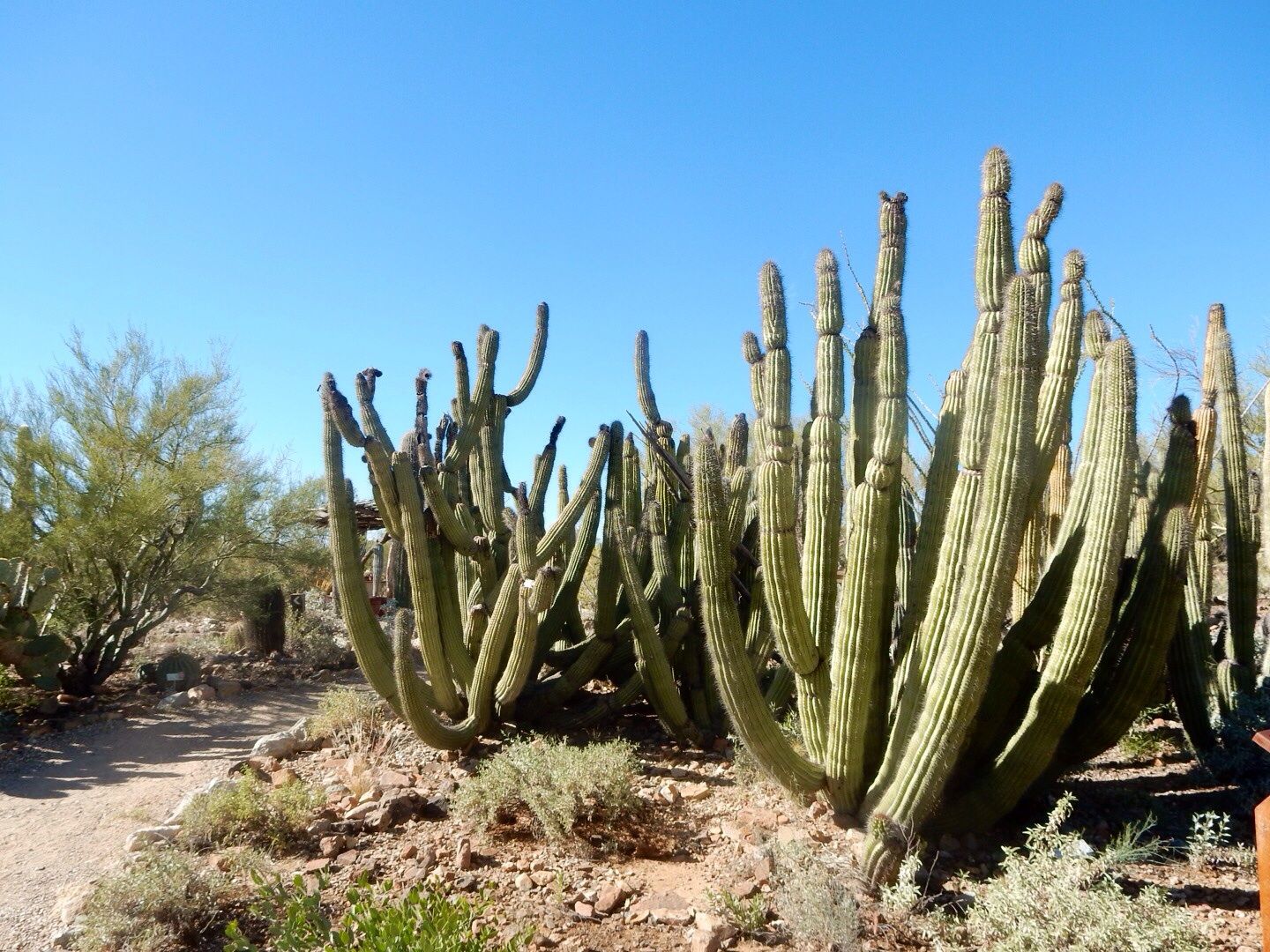

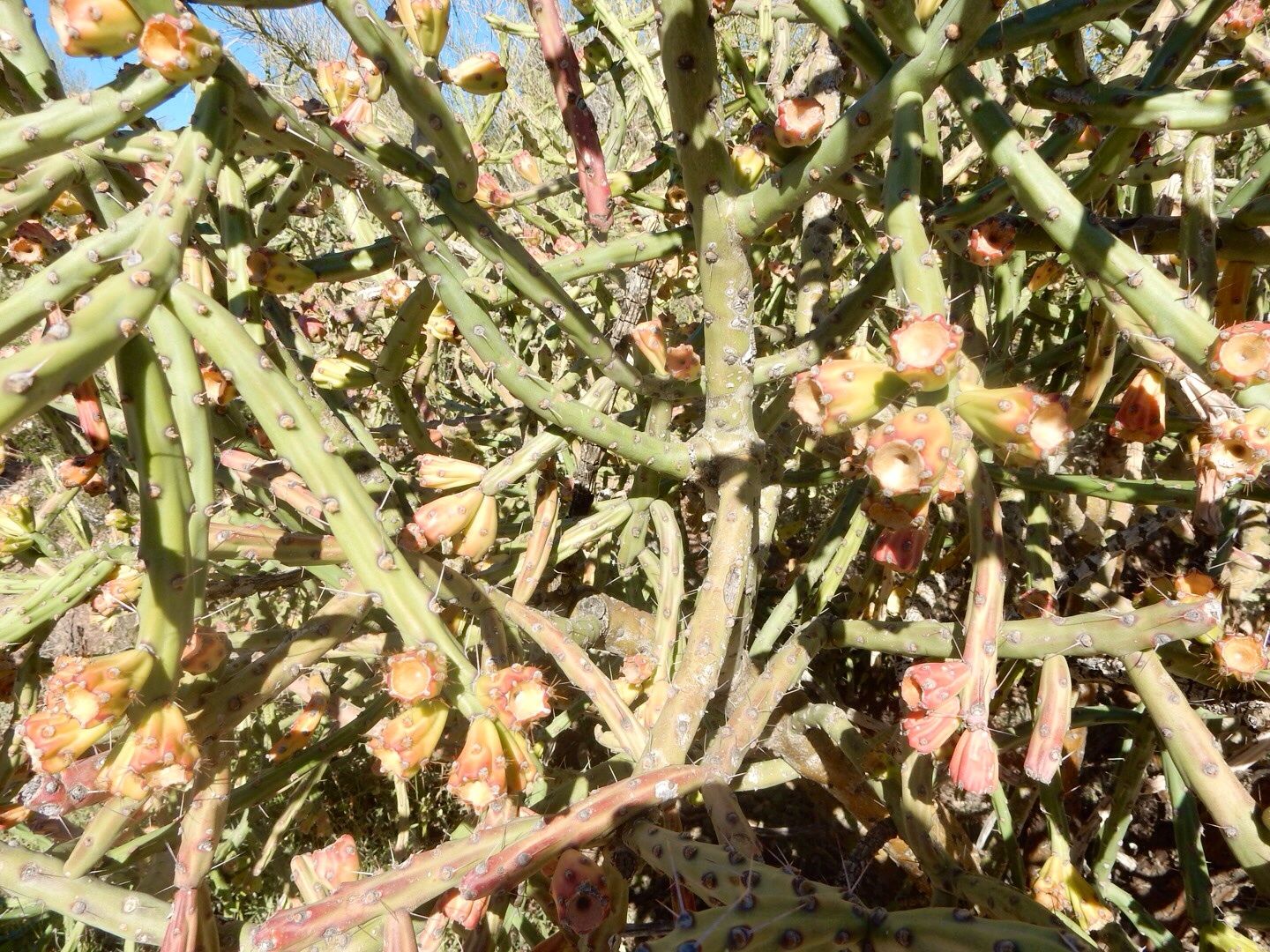

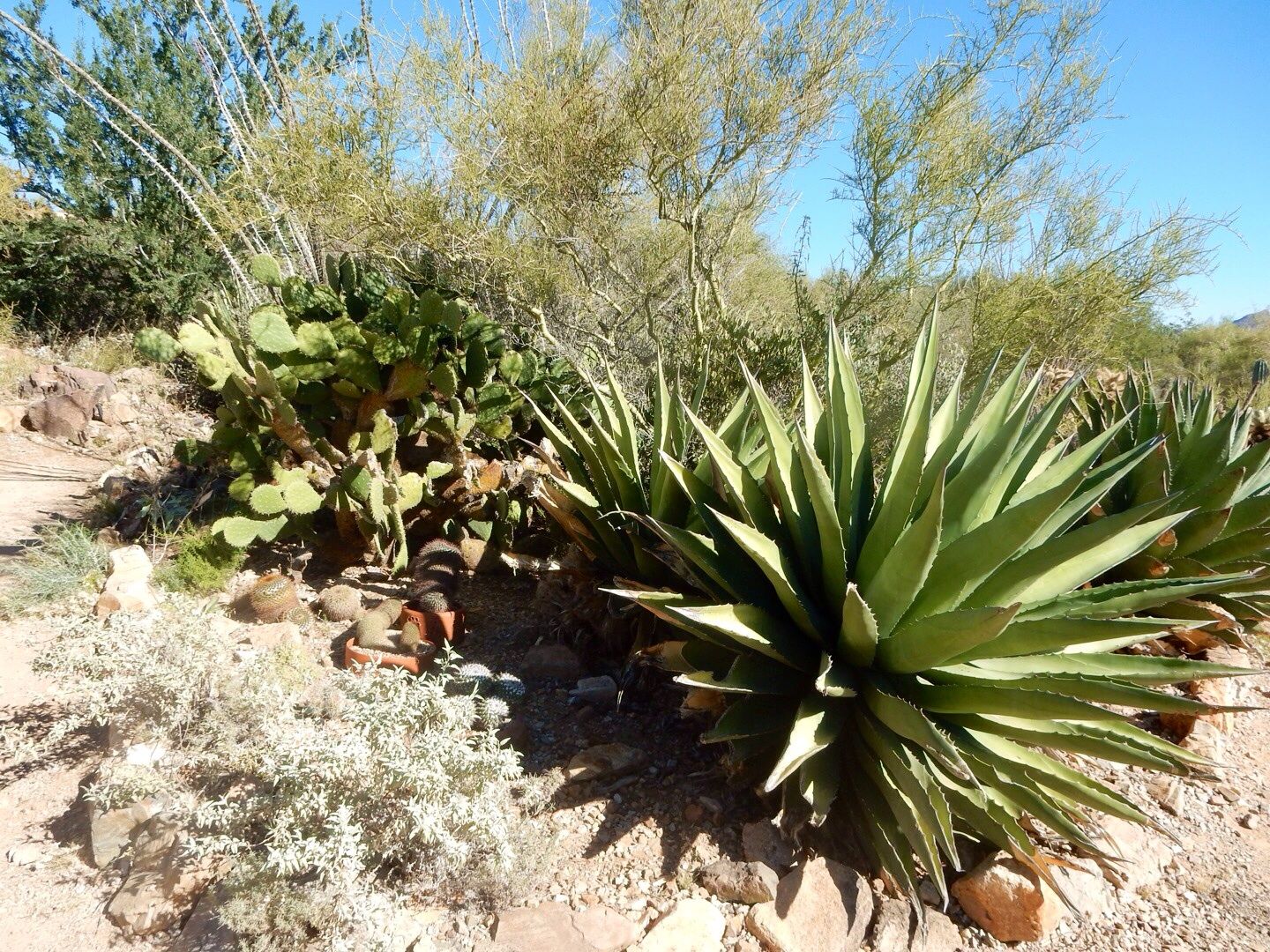
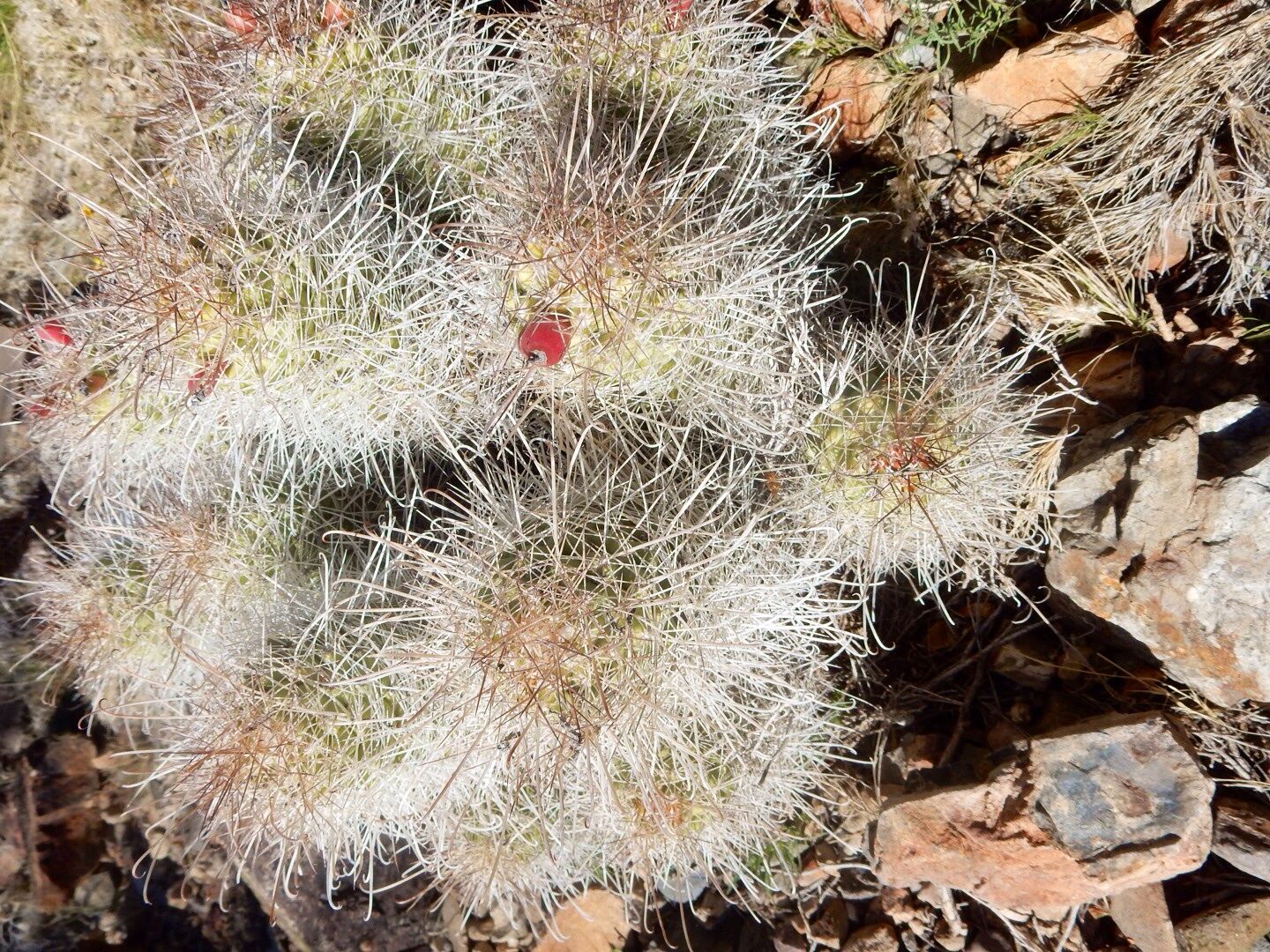
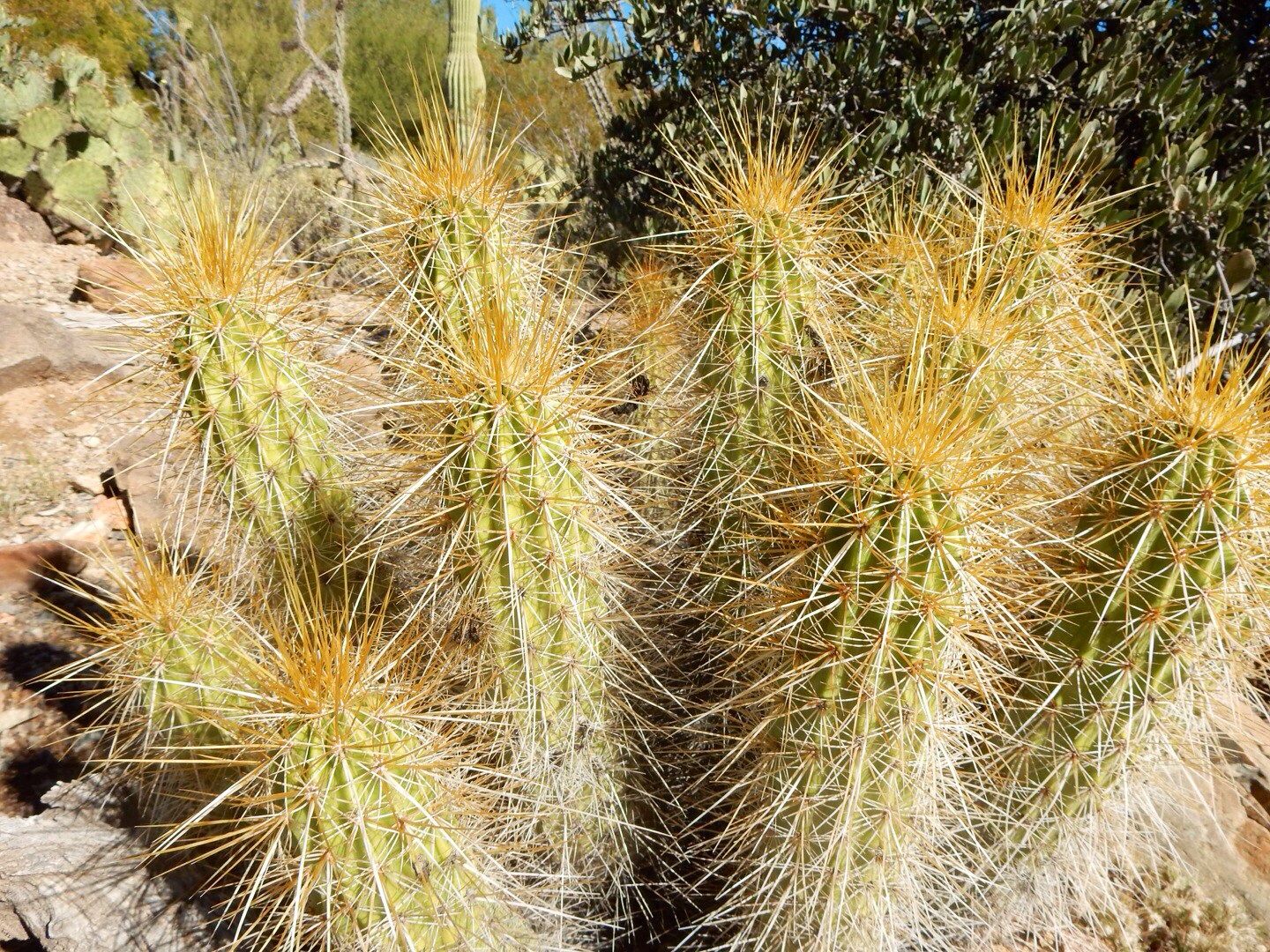

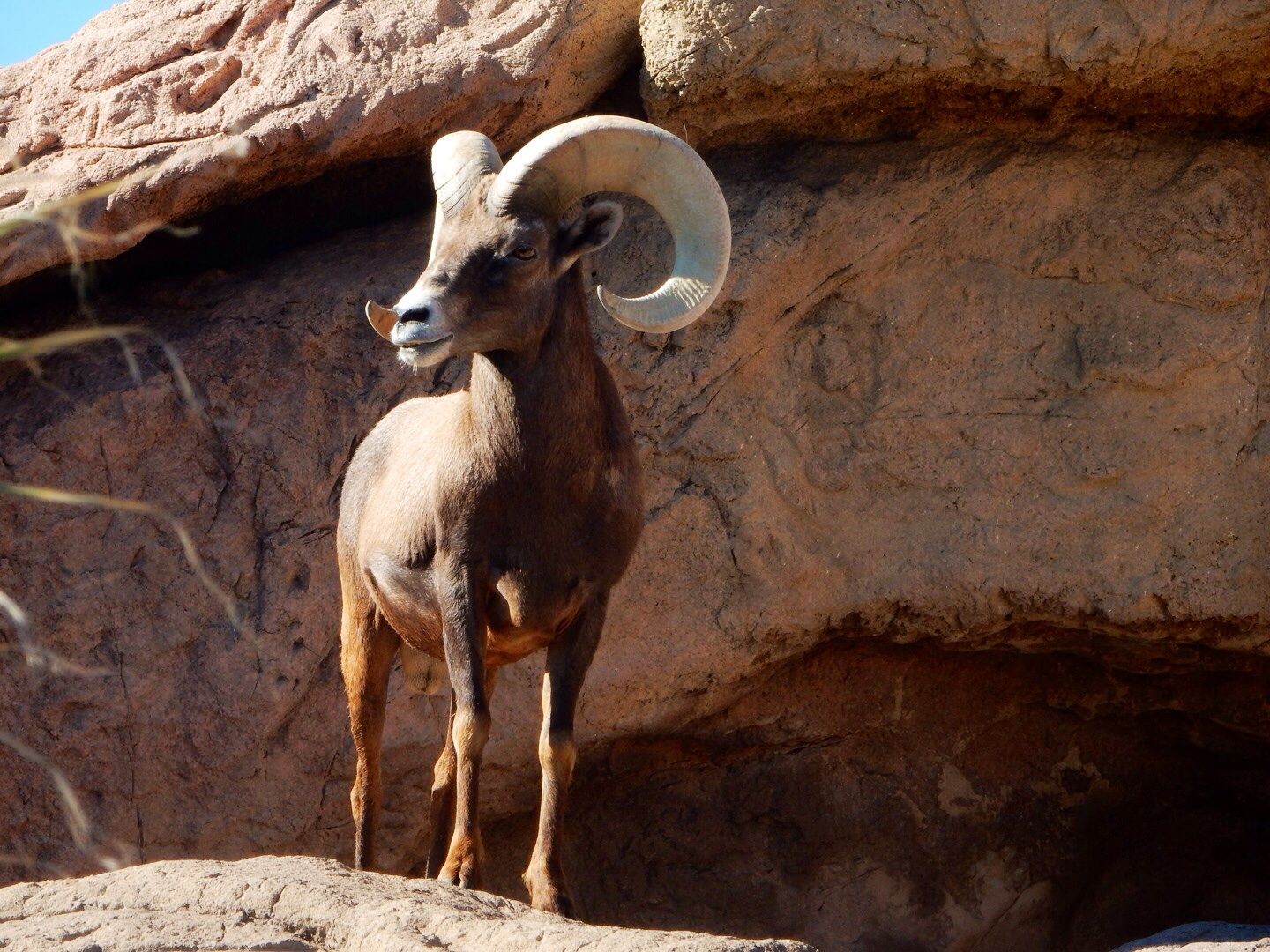

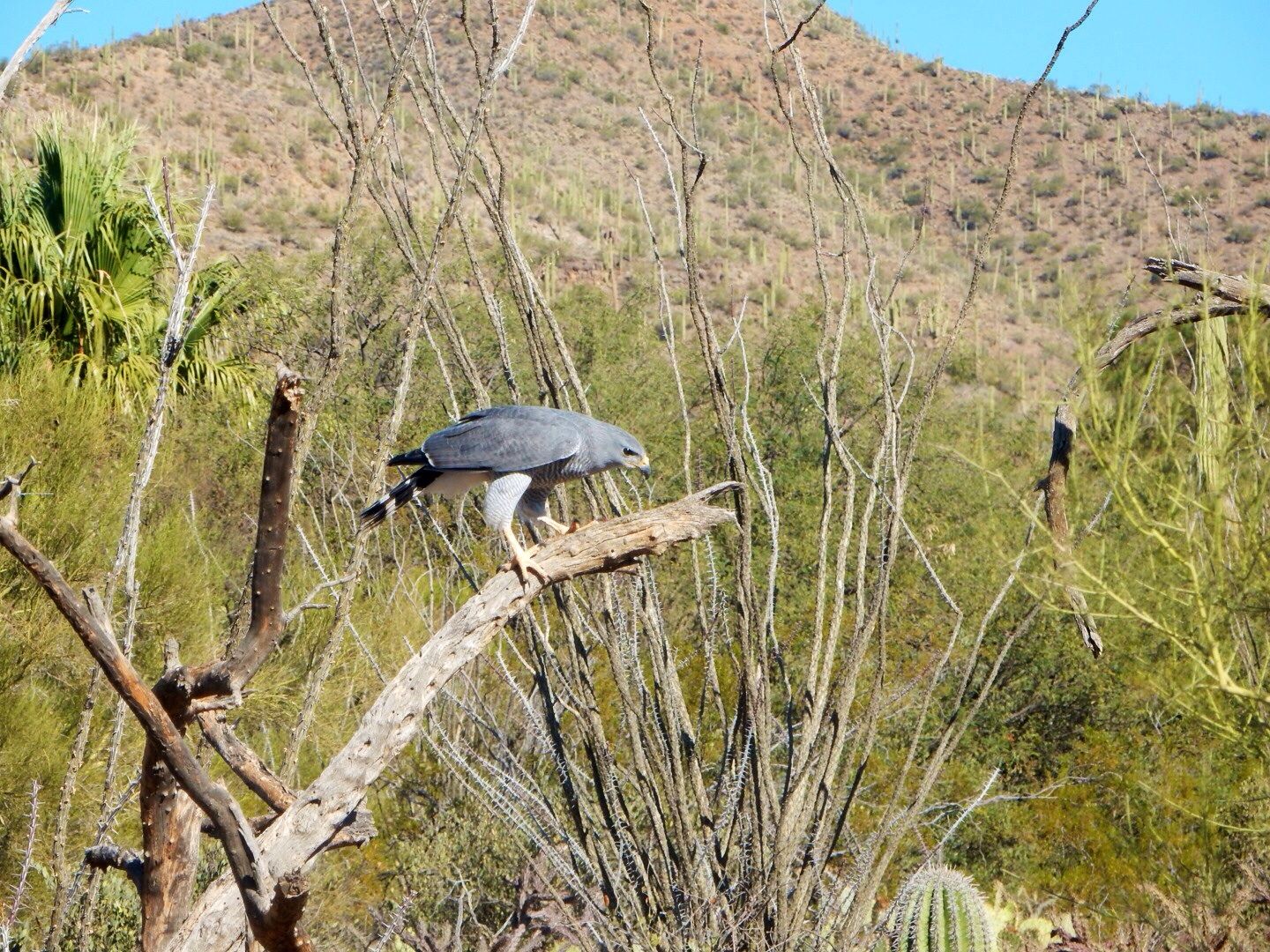
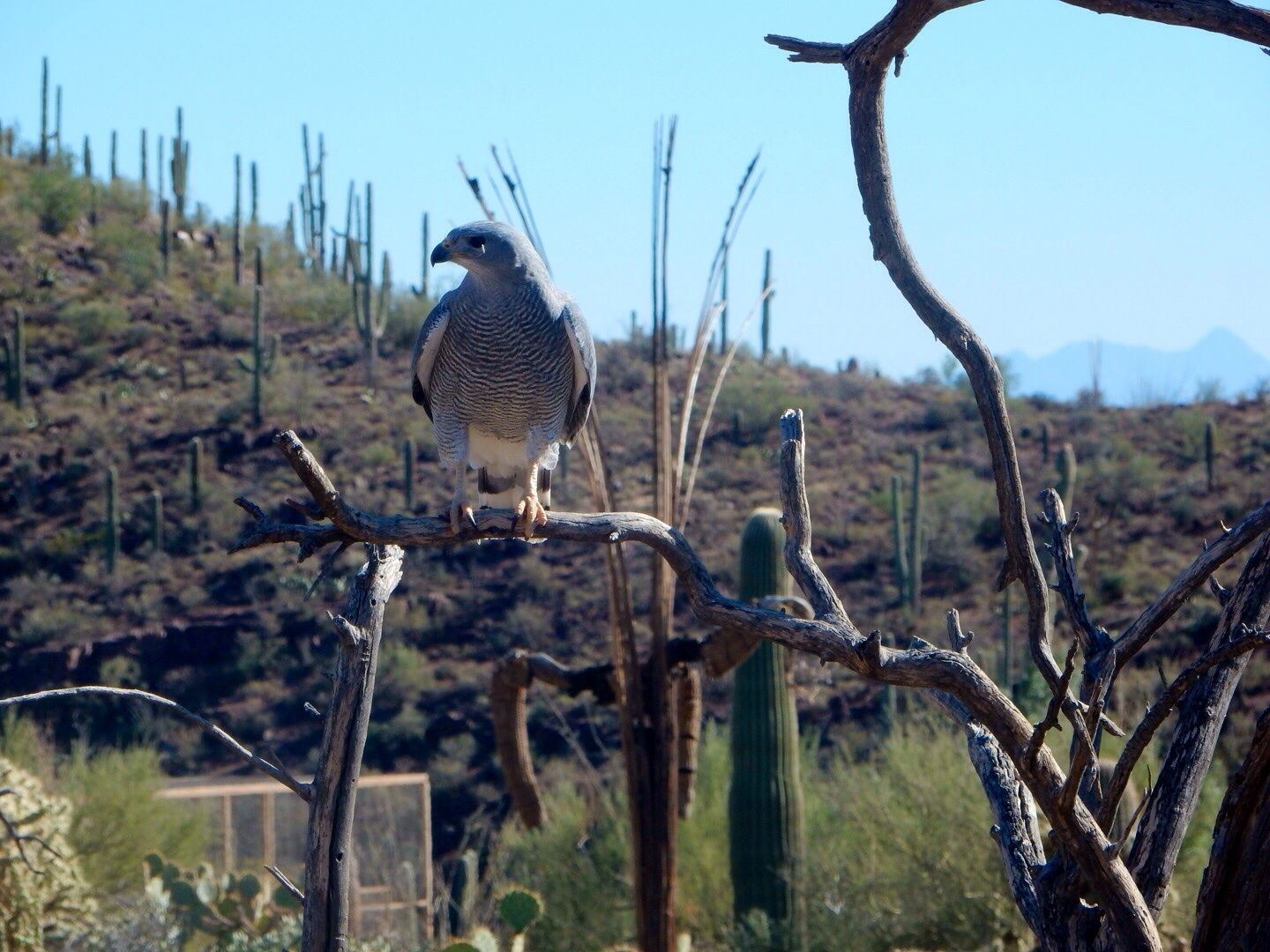

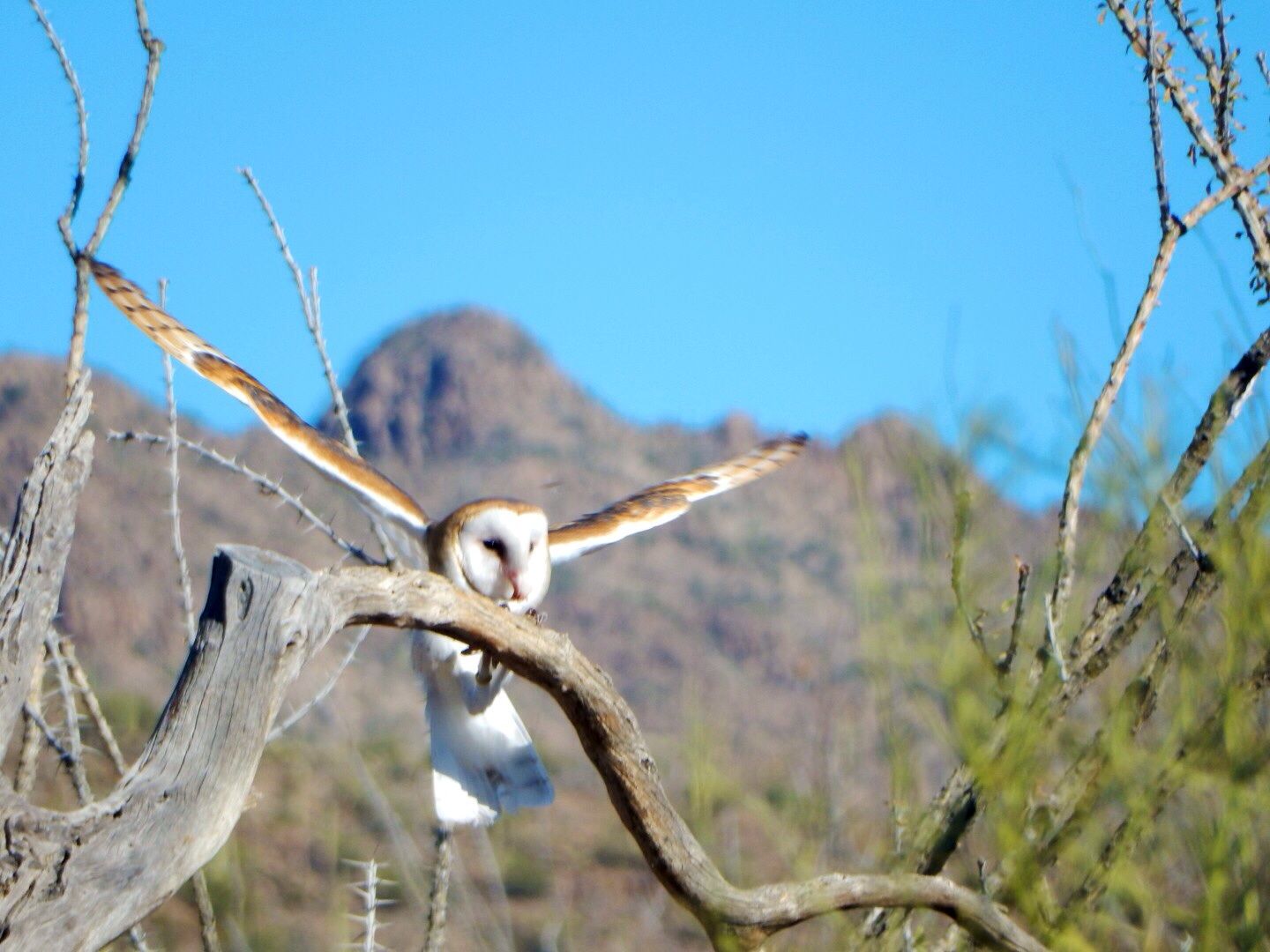
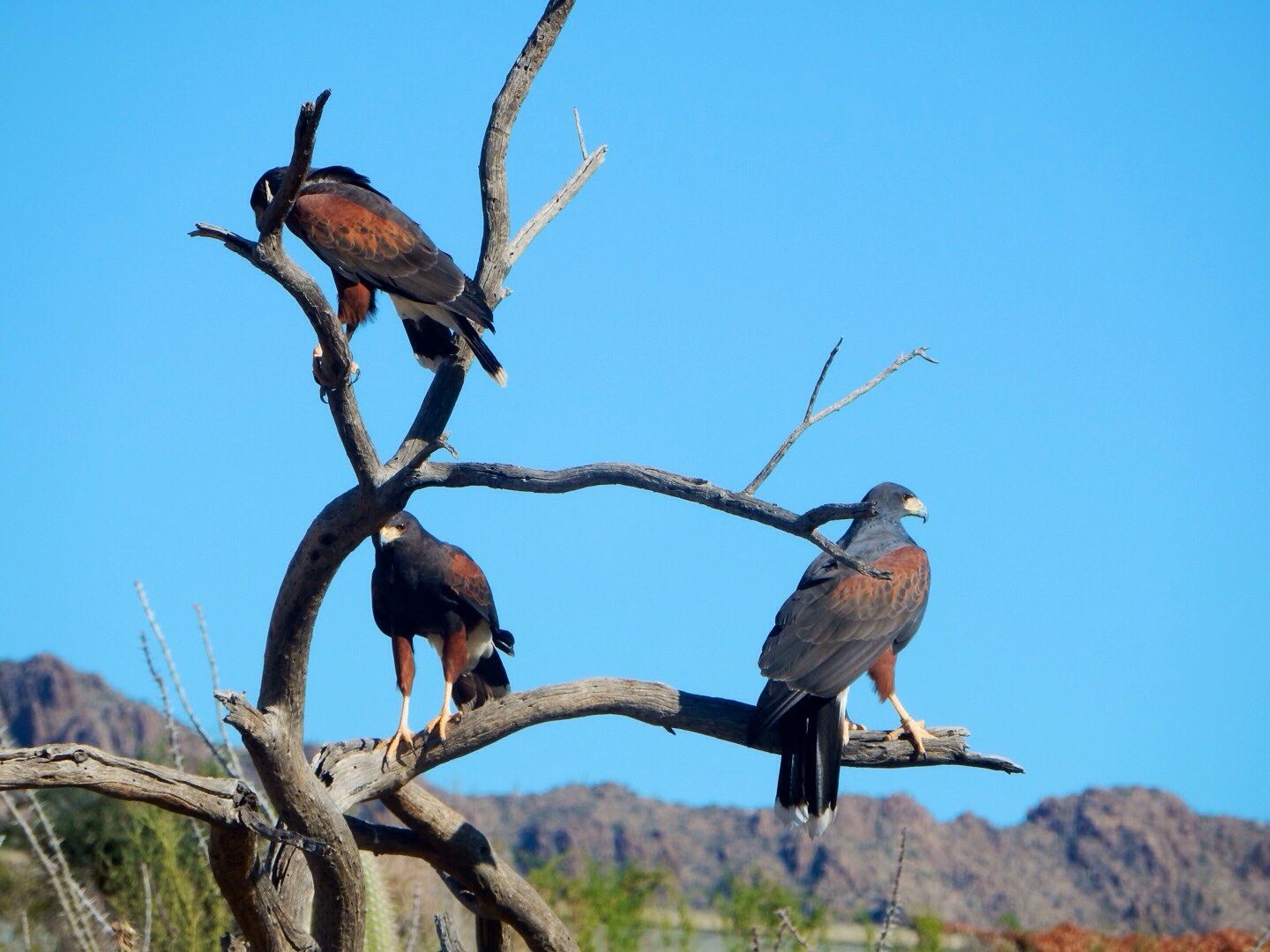
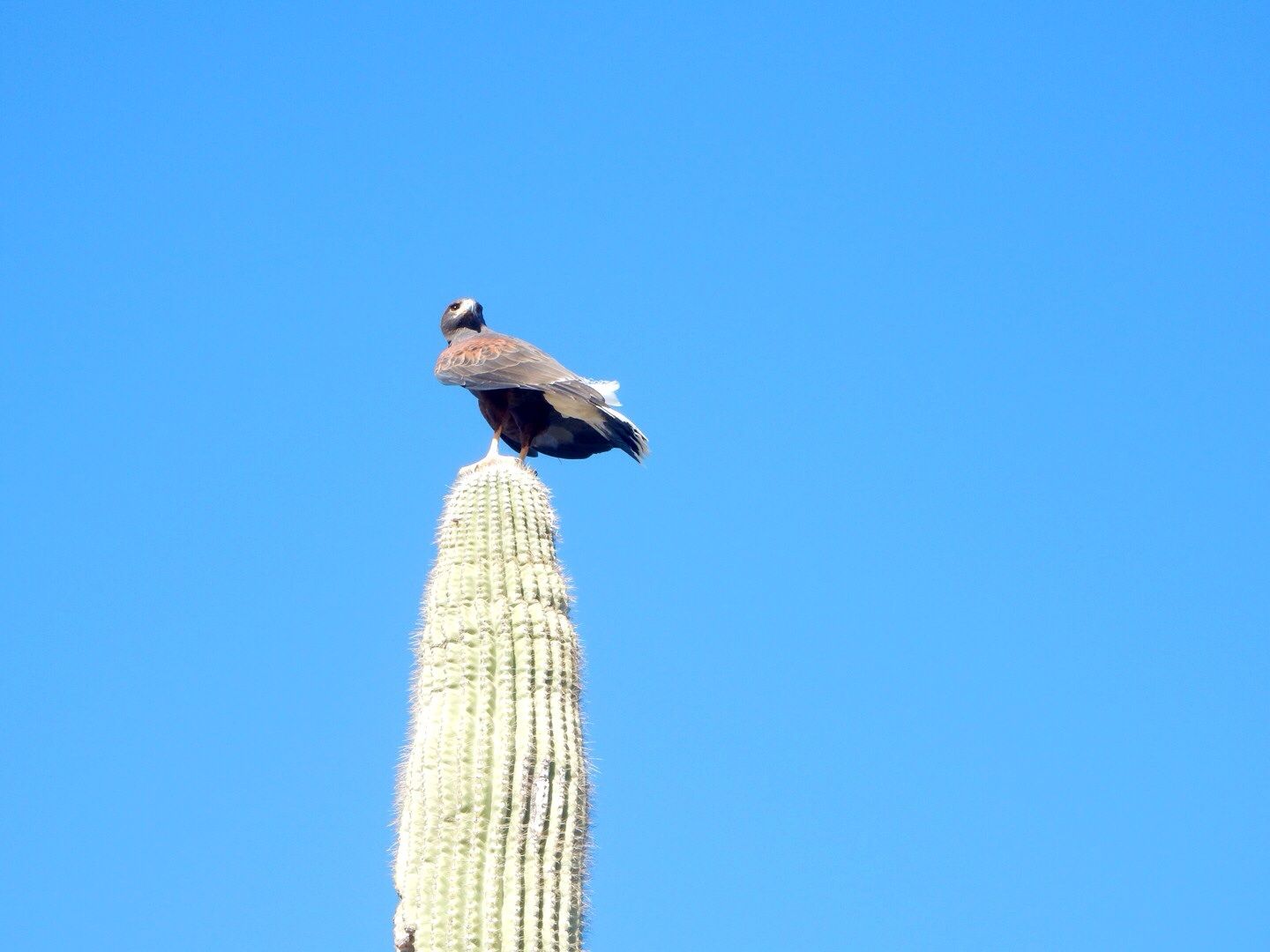
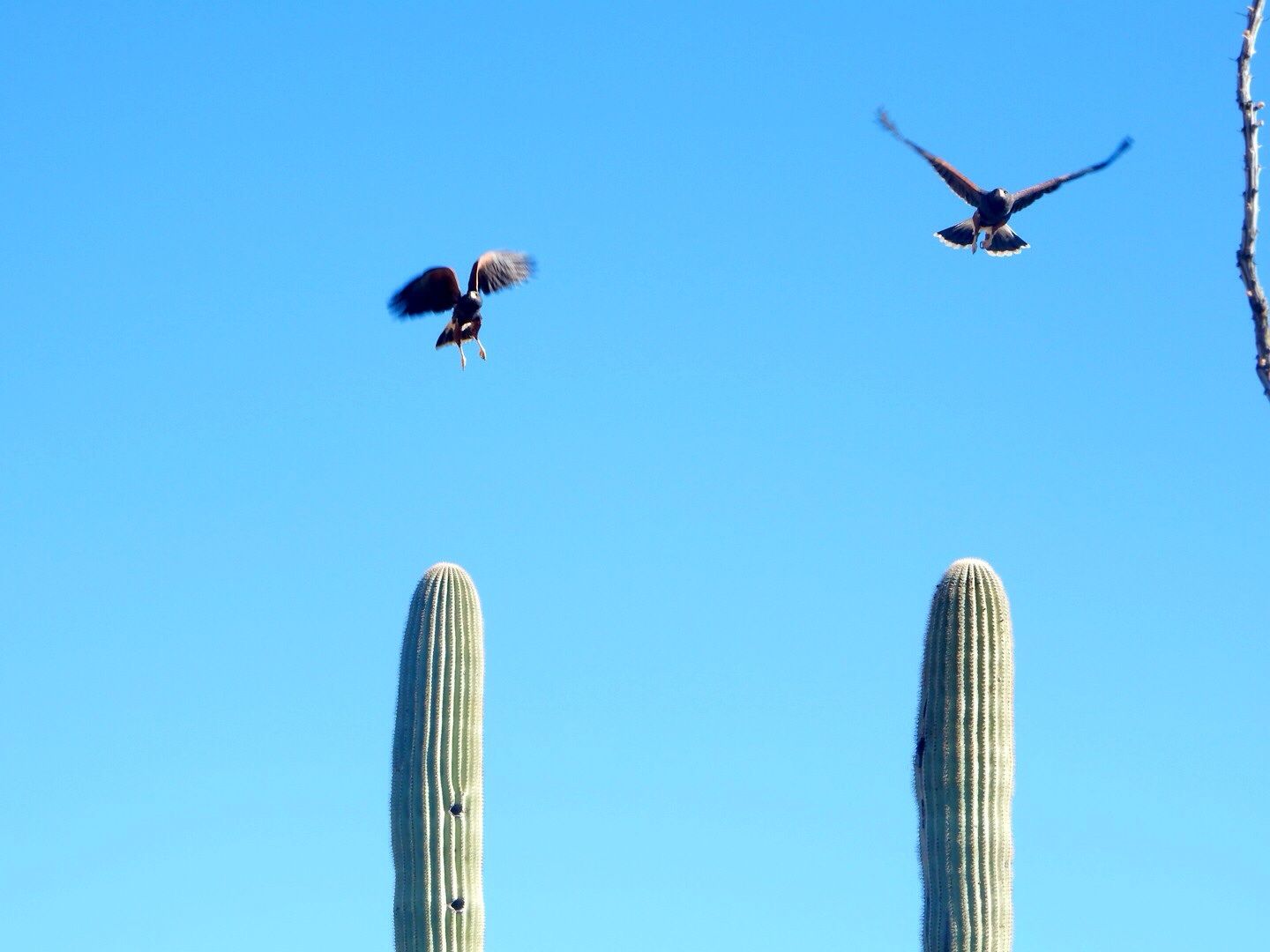
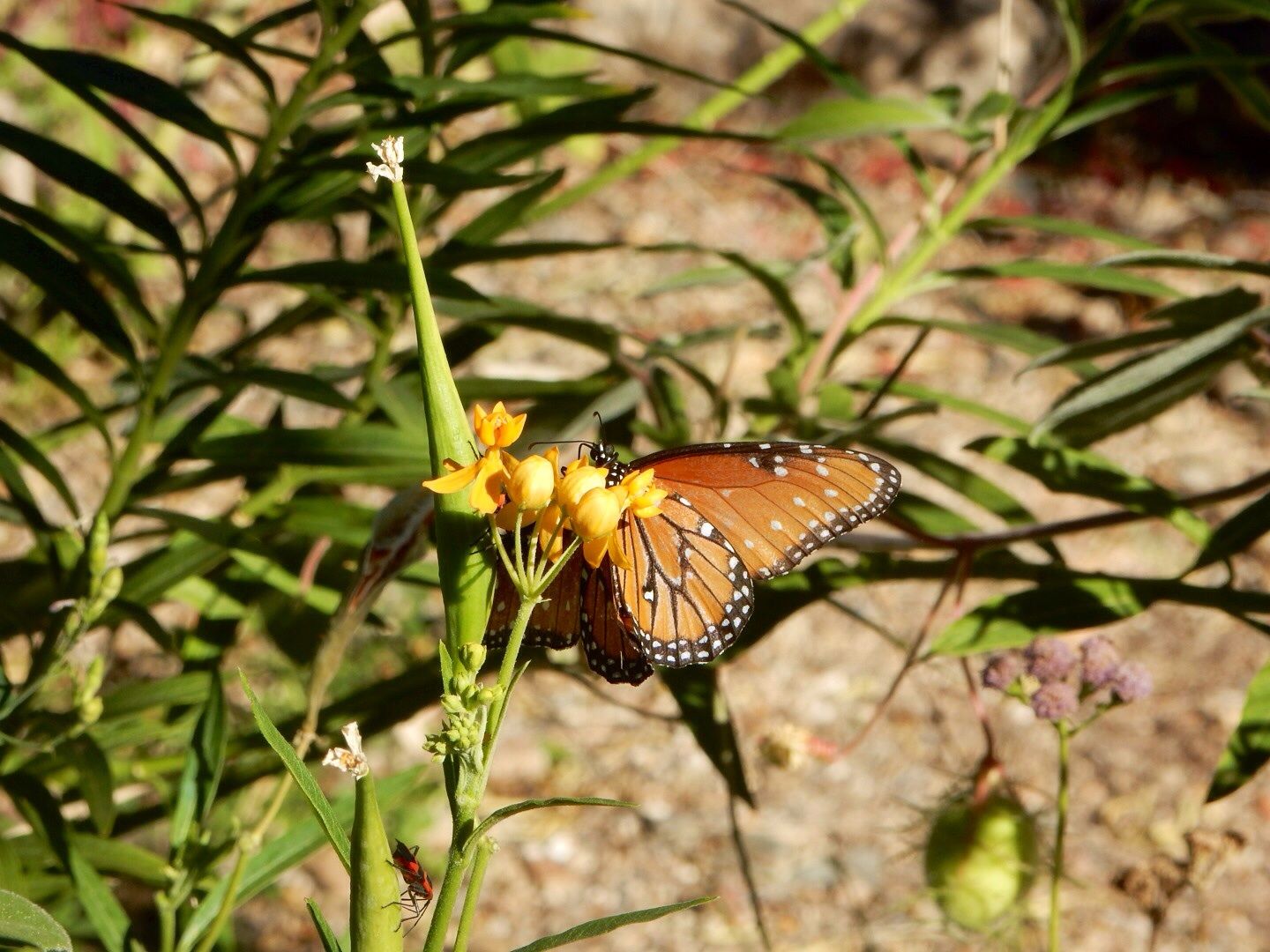
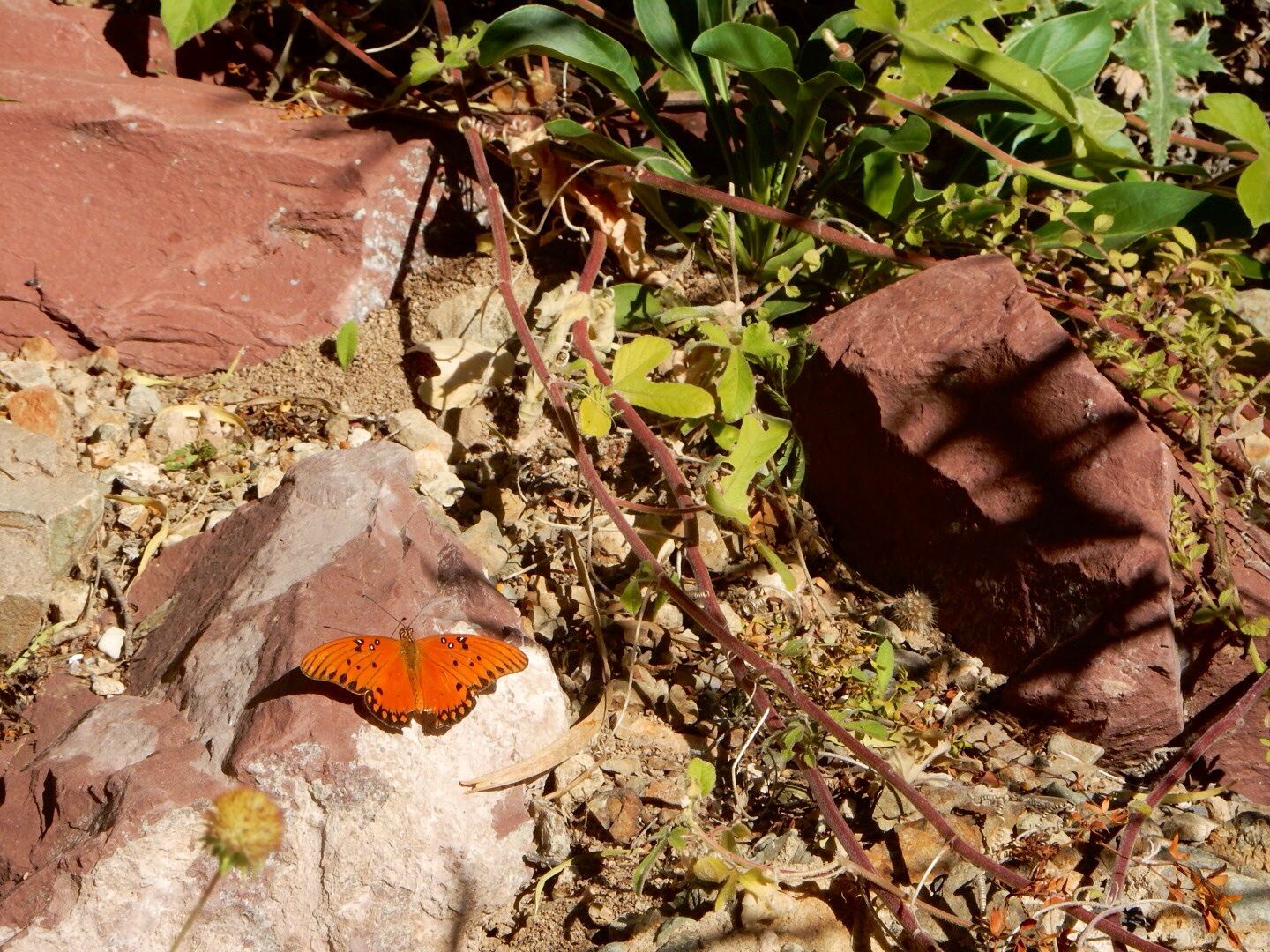

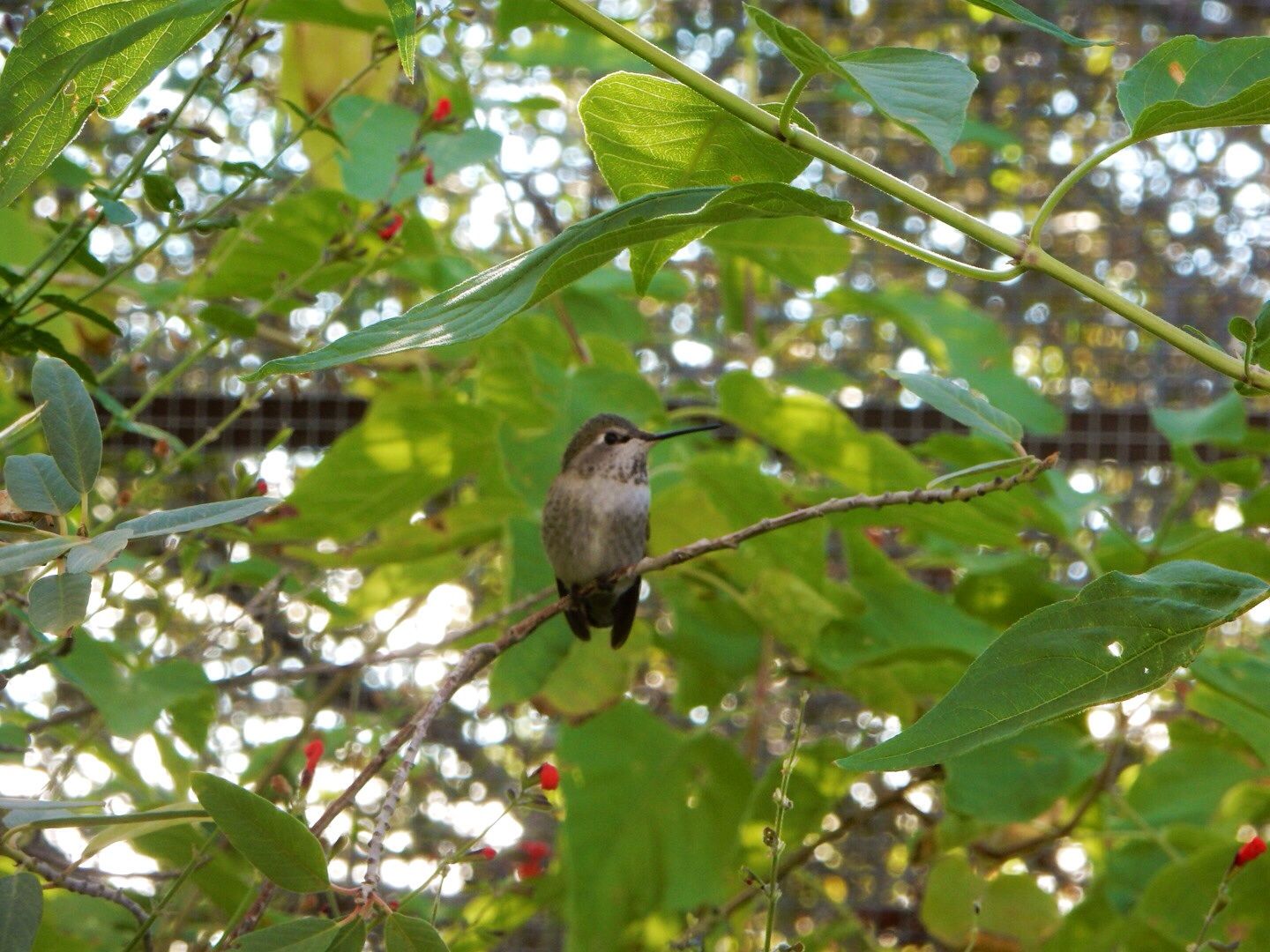


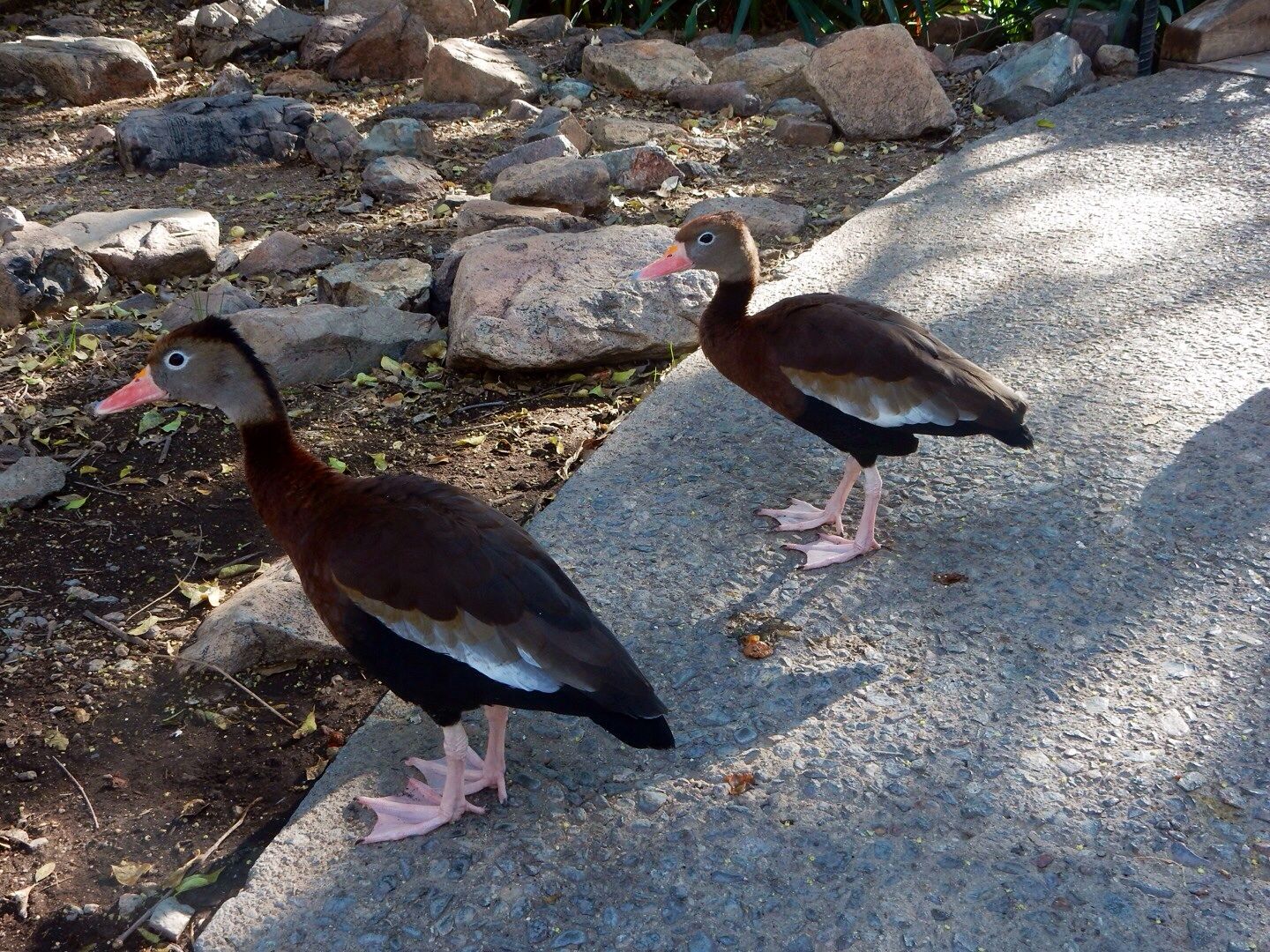
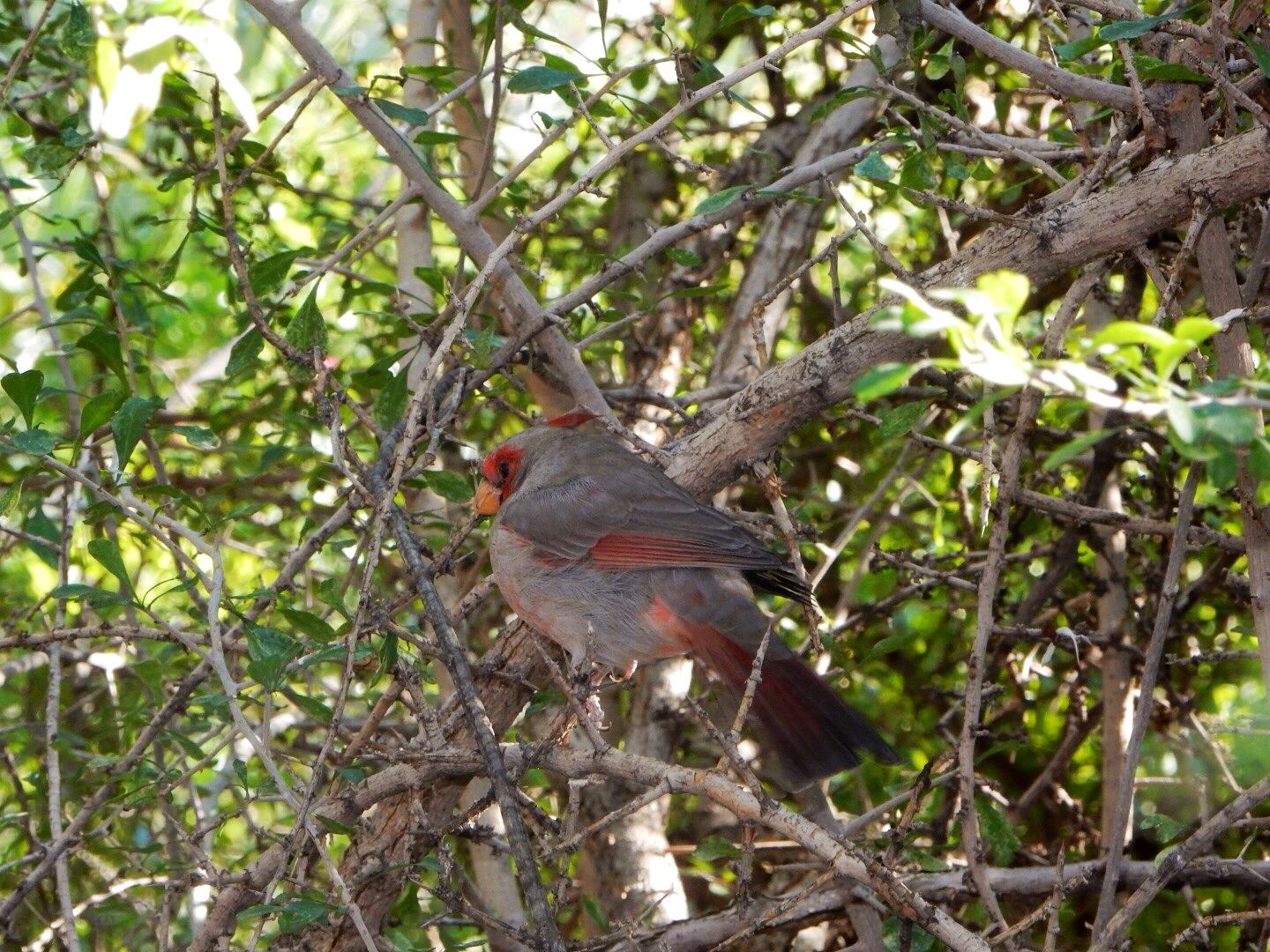

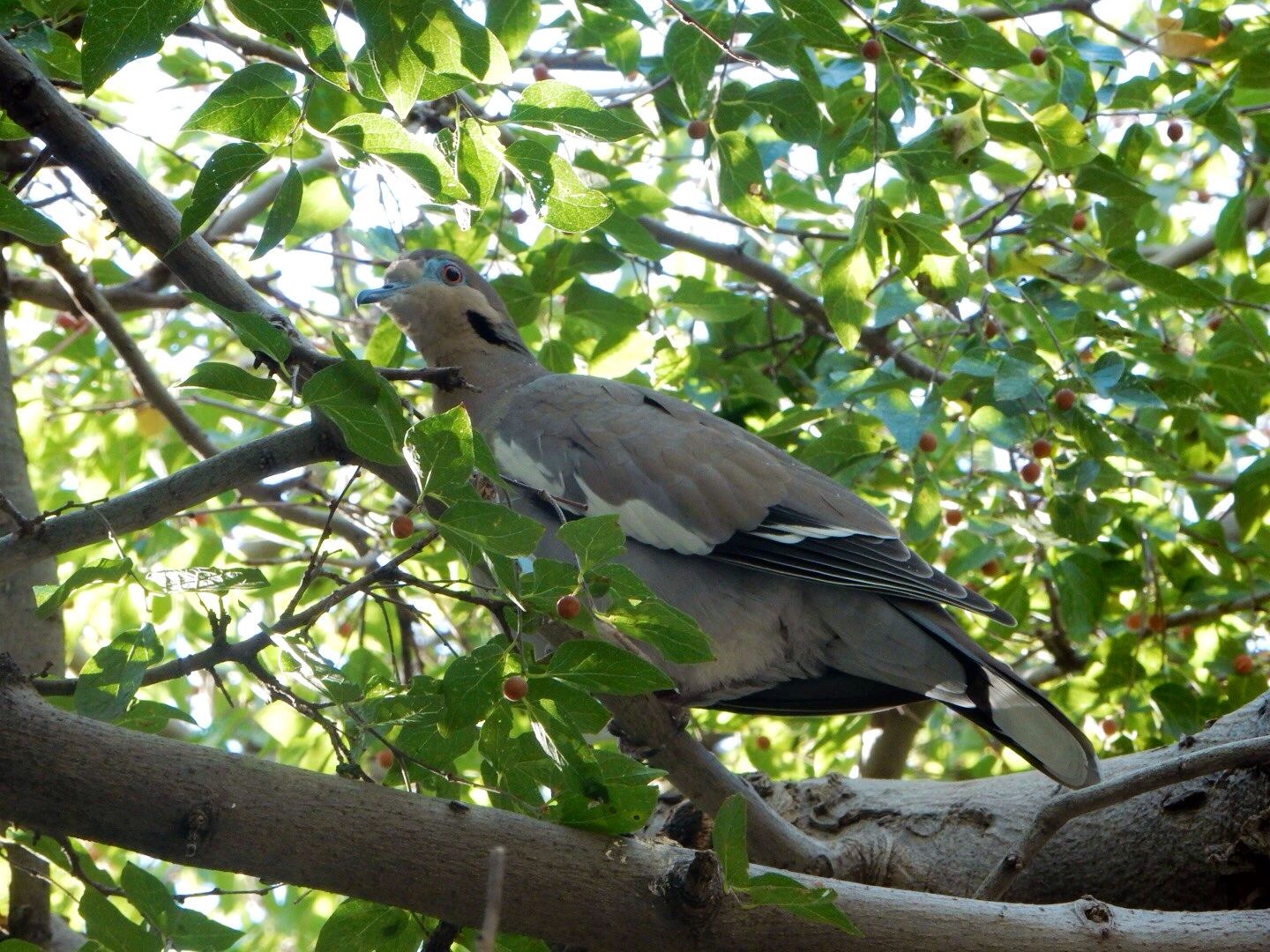
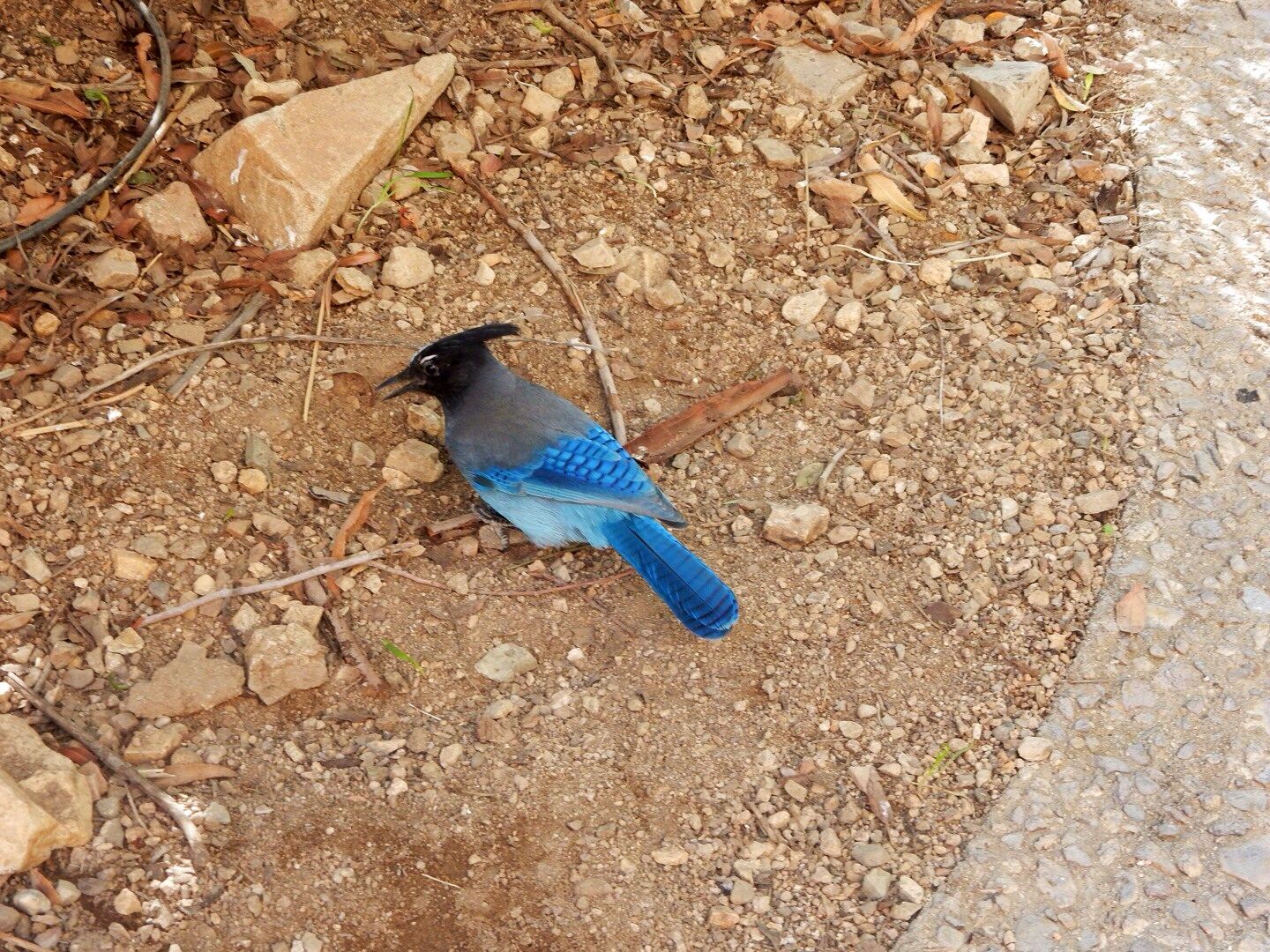
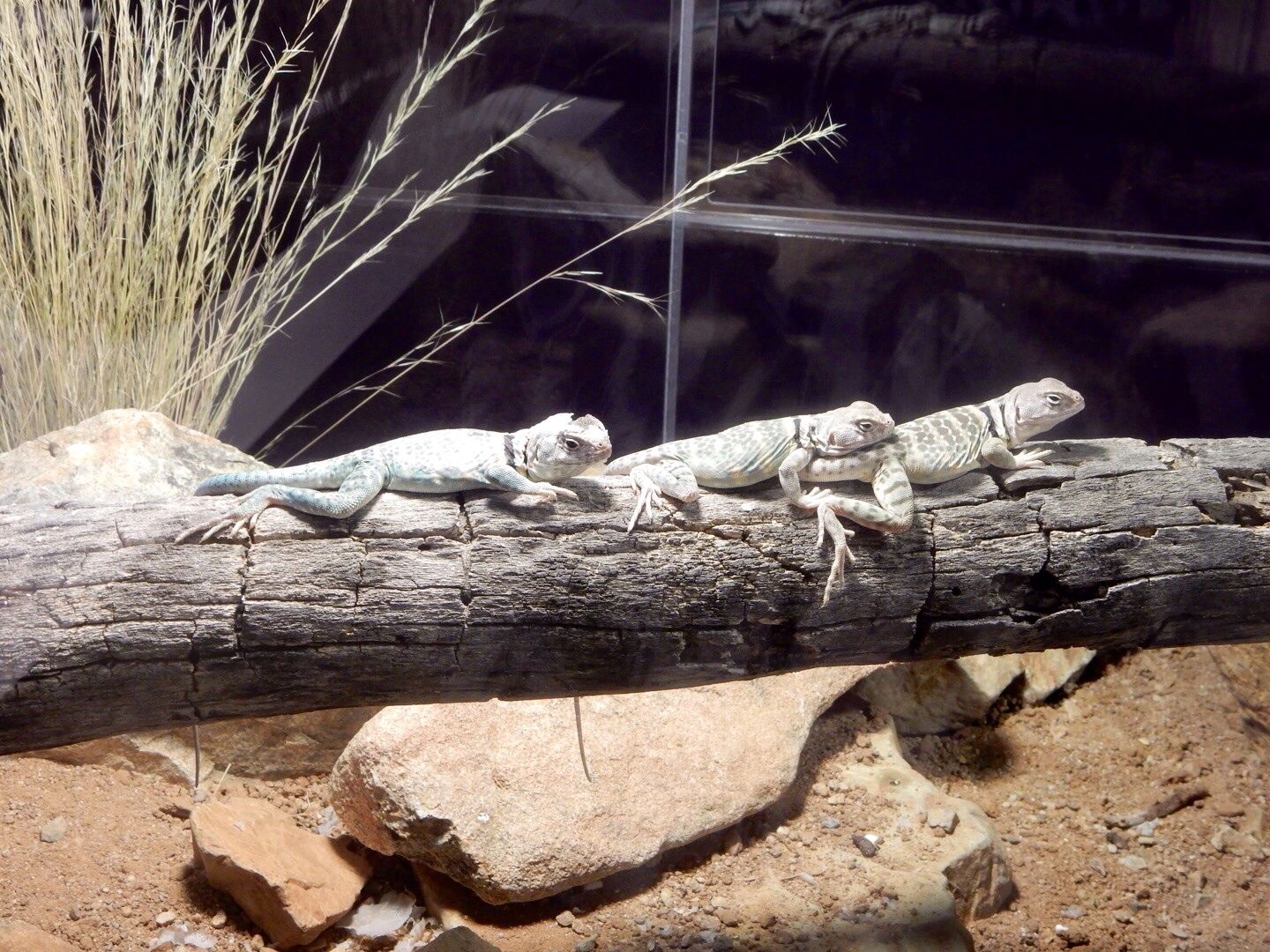
No comments:
Post a Comment